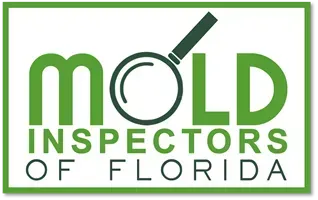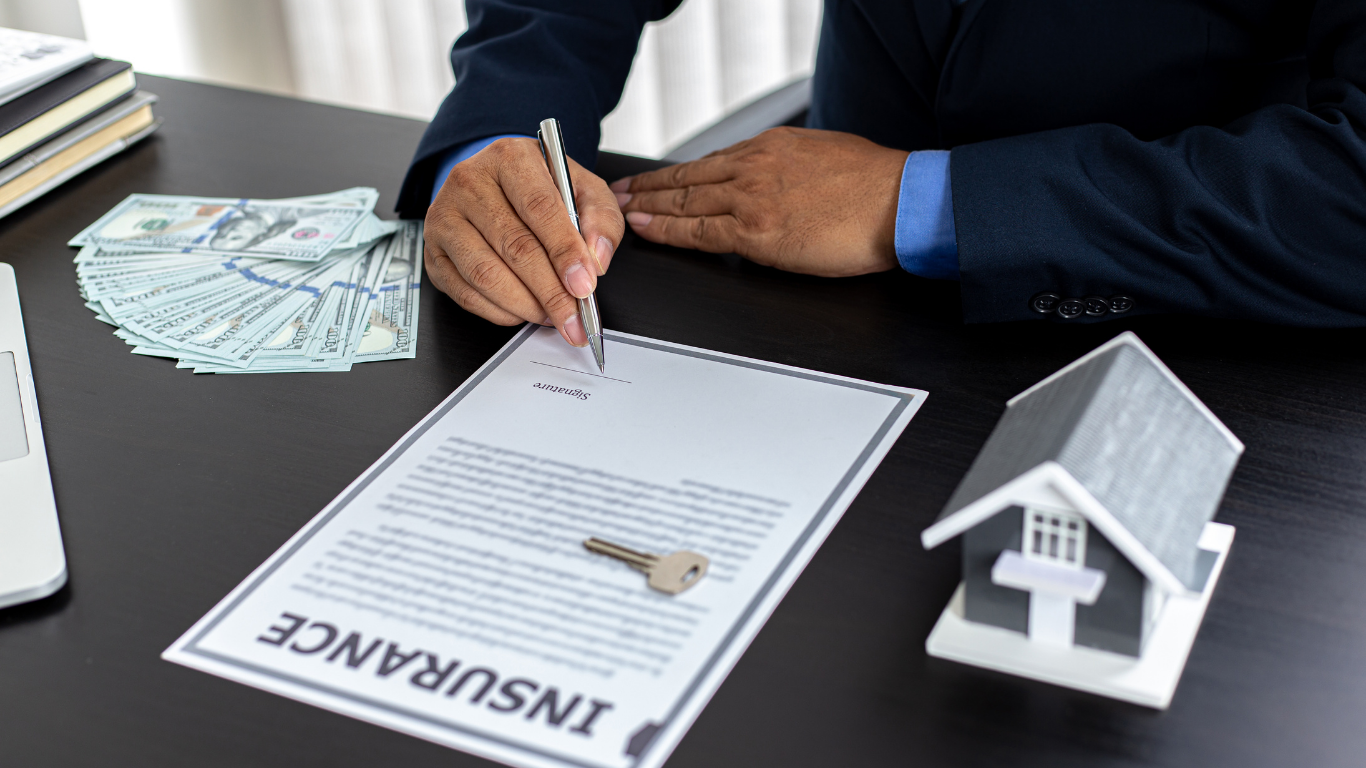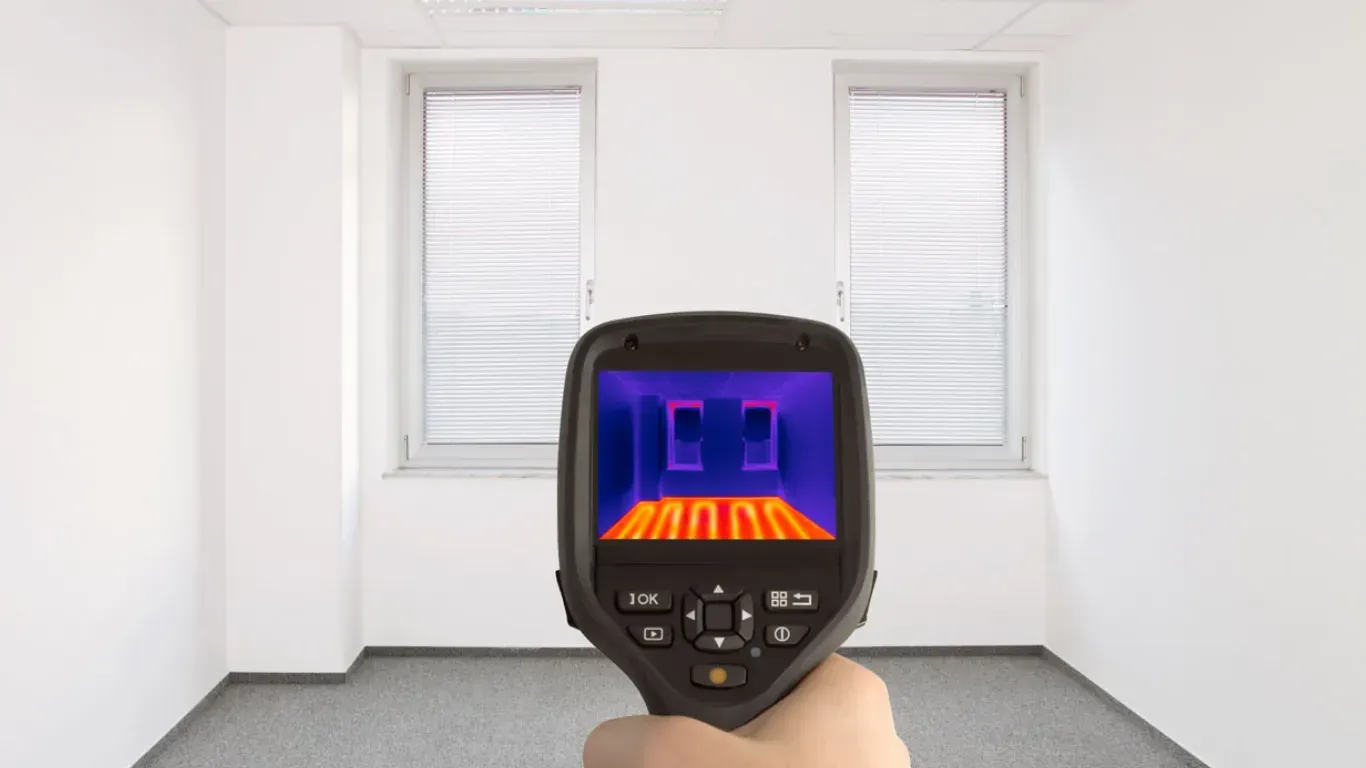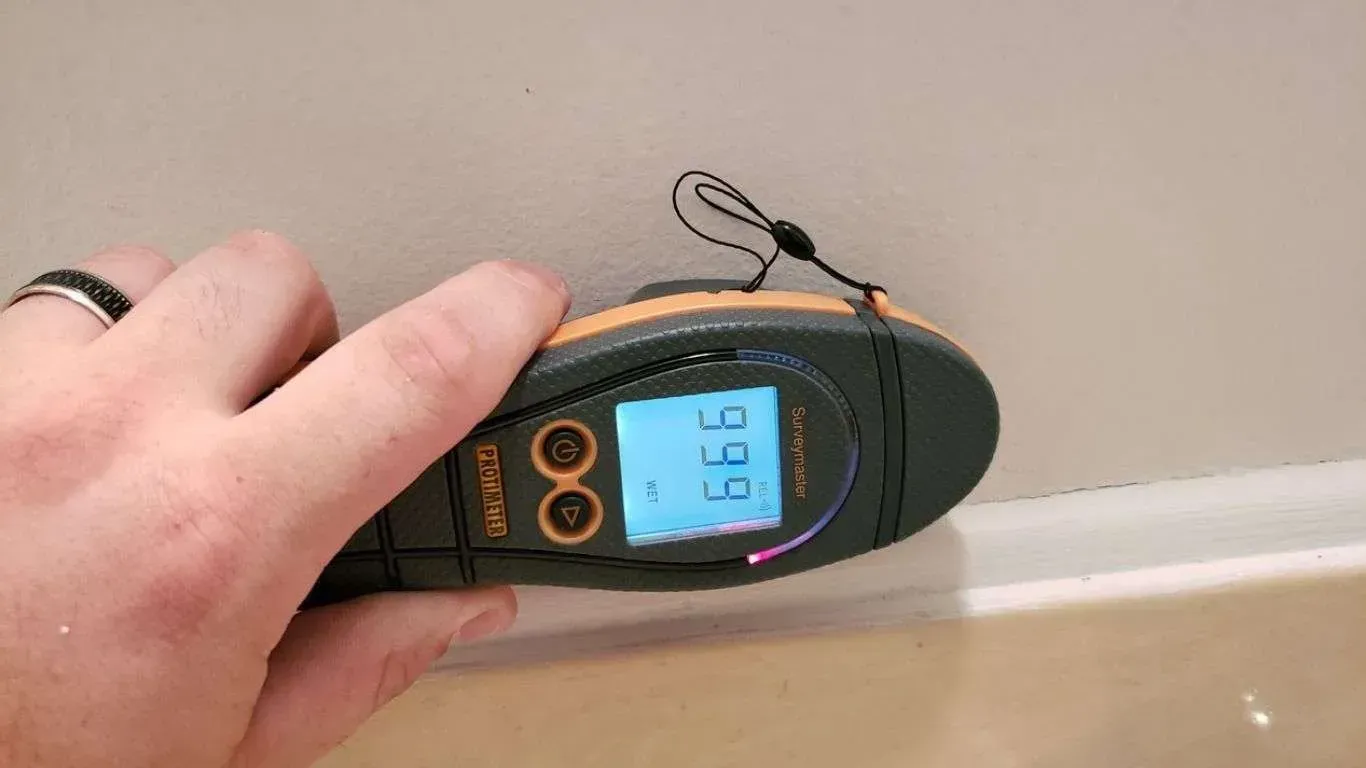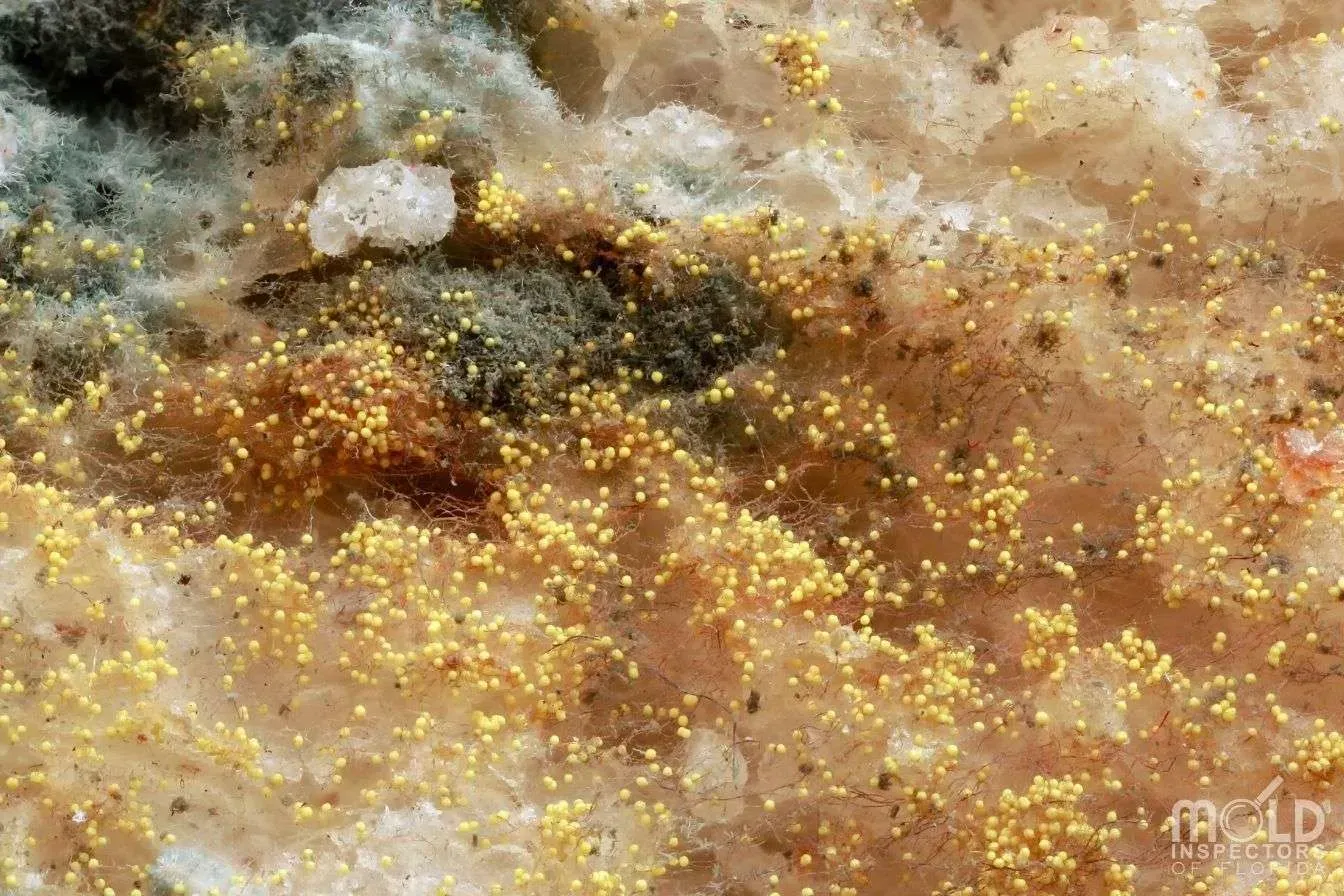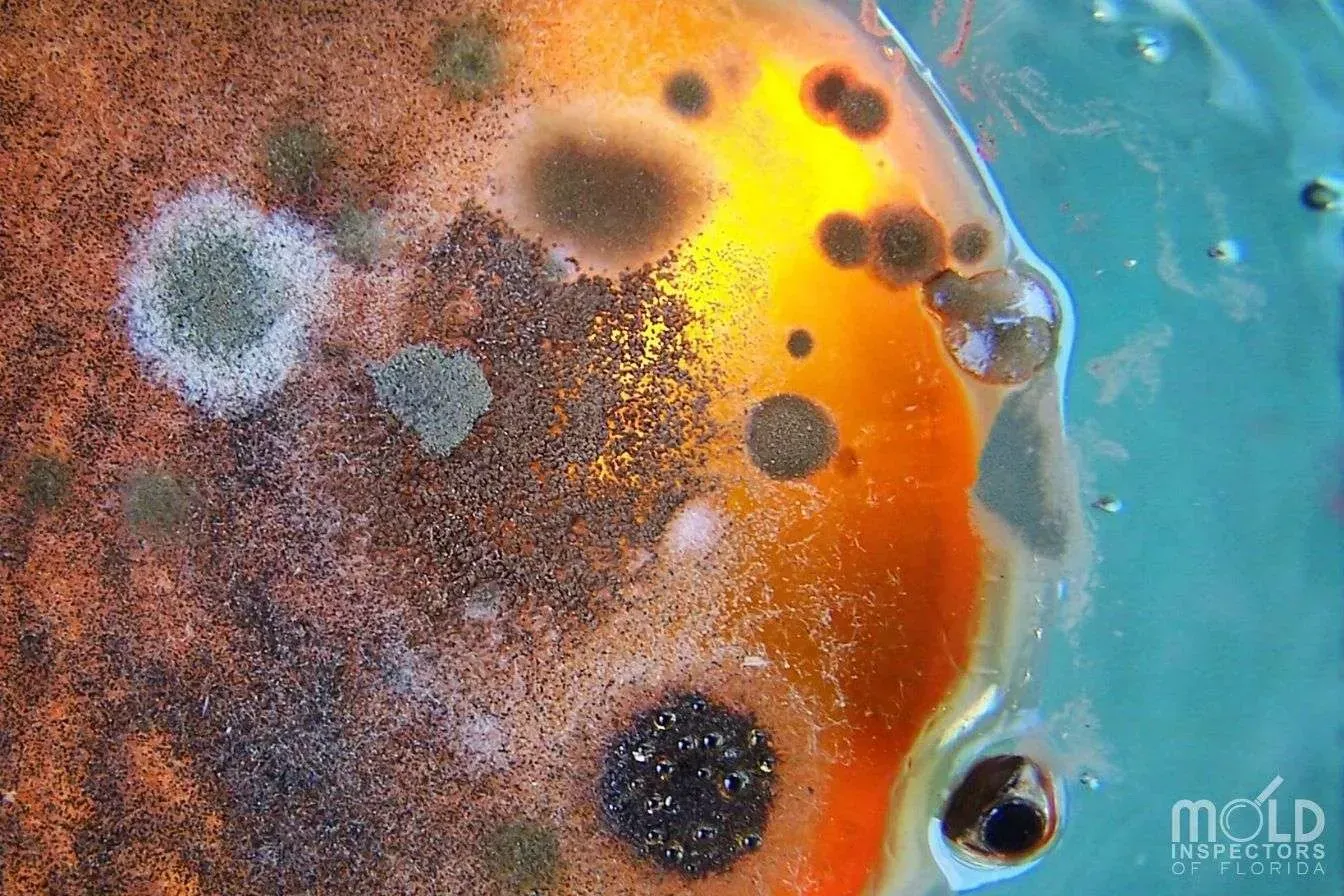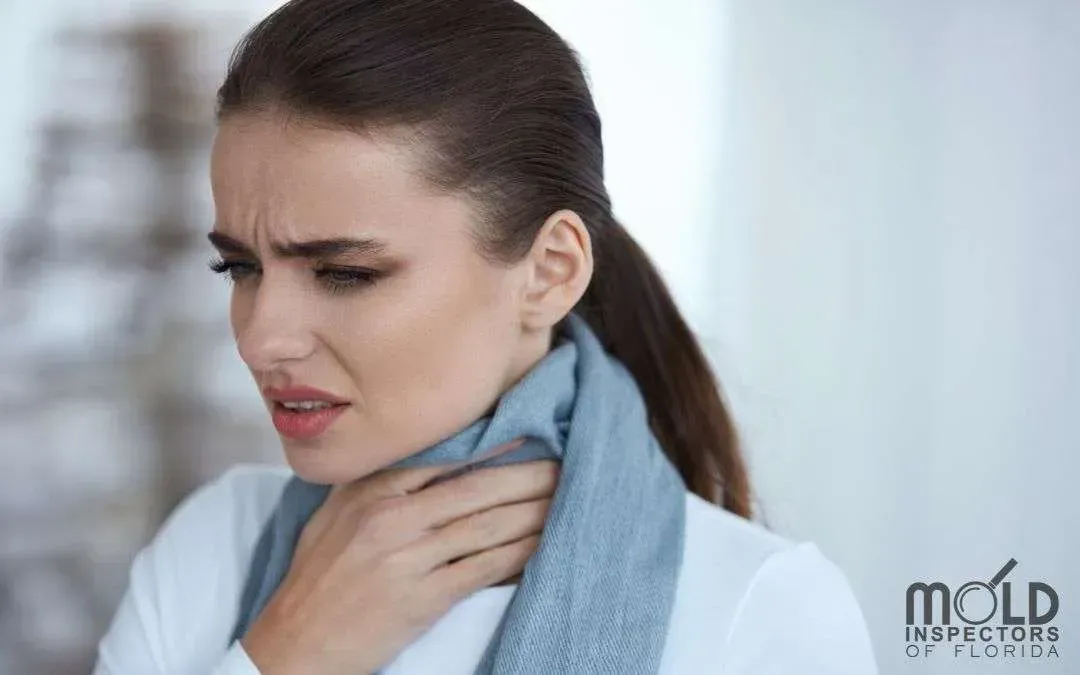Blog

Mold extends beyond being just a mere unsightly stain on household surfaces; it could also present a health risk, particularly for individuals with allergies. Understanding how mold affects your health is key to keeping your environment healthy. Exploring the link between mold and allergies, this article provides helpful tips and advice to reduce exposure and manage symptoms more effectively.
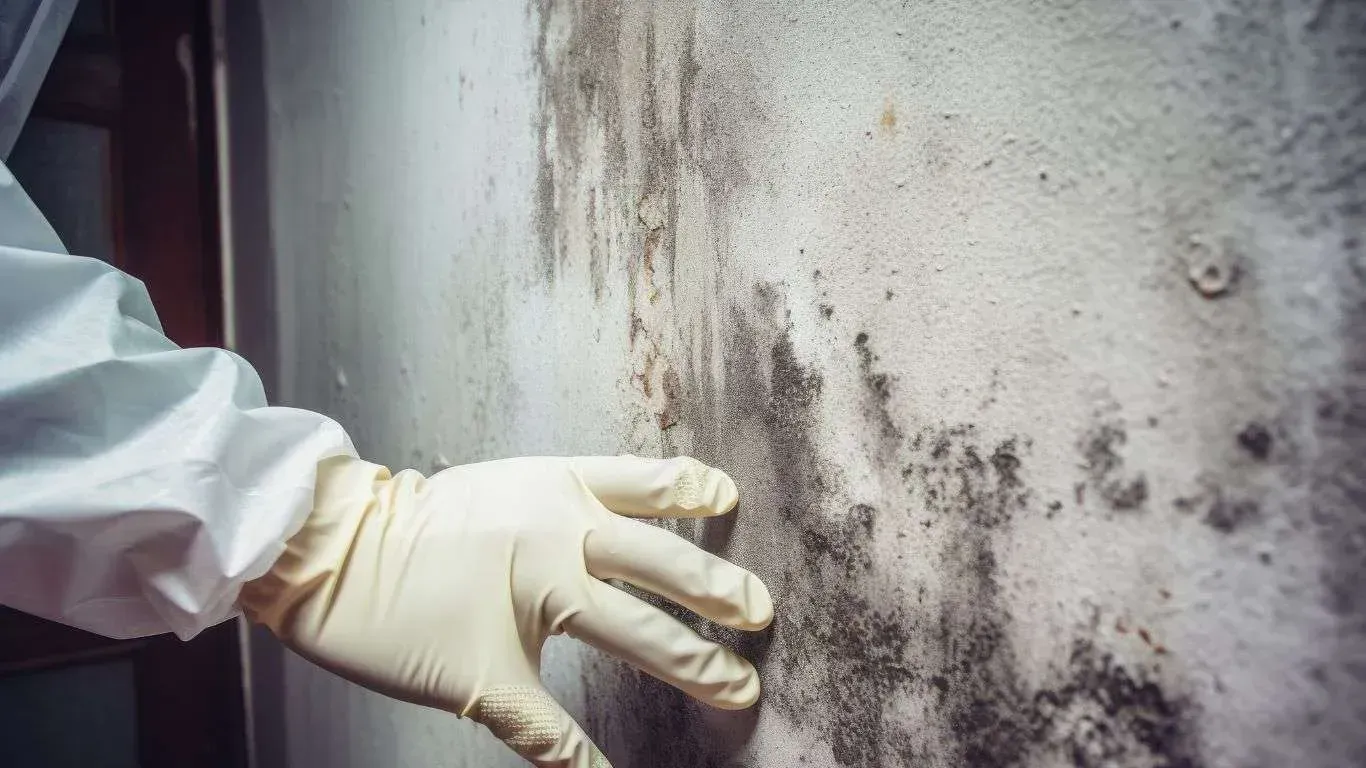
Mold inspection is an essential aspect of home maintenance. Its purpose is to identify and address any mold growth within a property. This ensures the health of residents and preserves the home’s structure and value. Regular inspections help homeowners prevent the spread of mold and avoid costly repairs. This article explores mold inspection and why it is vital for your home’s well-being.
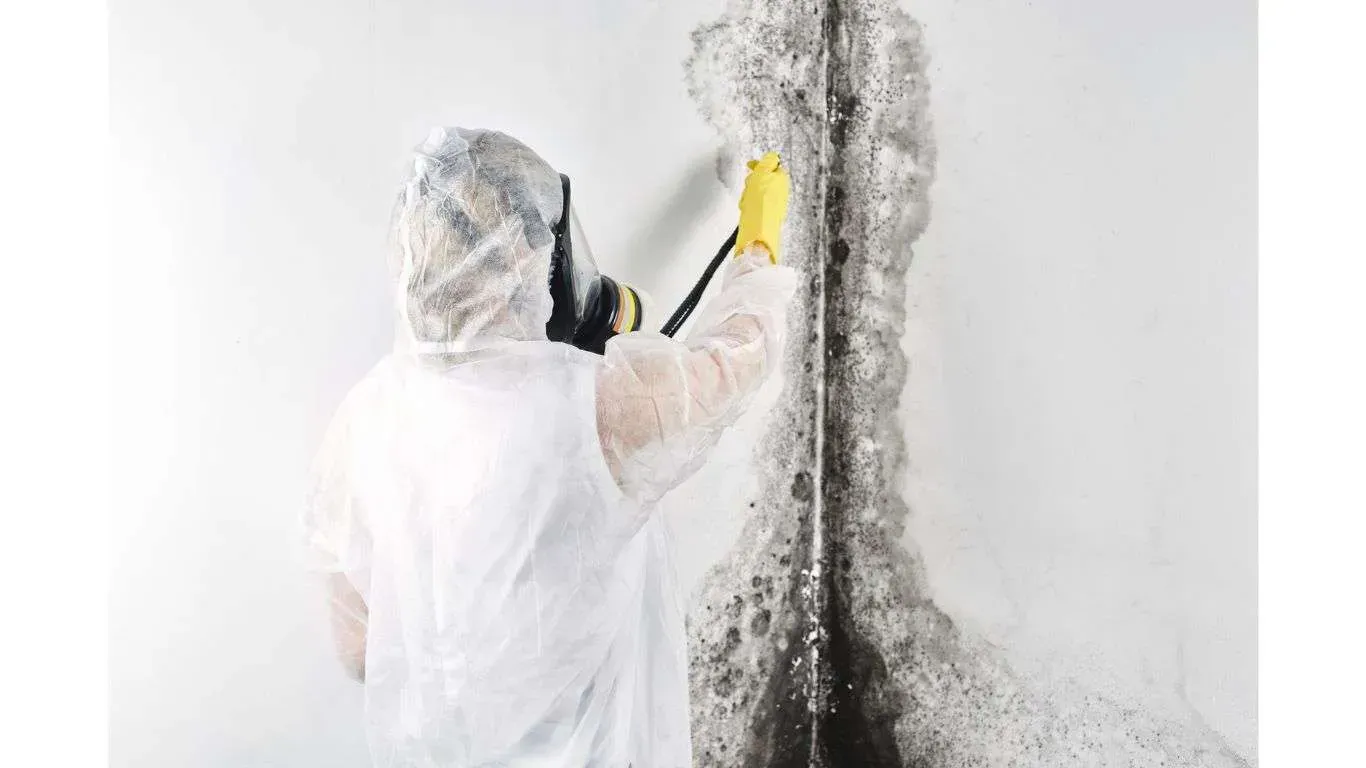
Regular mold inspections are crucial in achieving a healthy, safe living environment. Mold, a silent intruder, can cause substantial damage to your property and pose severe health risks to you and your loved ones. This blog post delves into the crucial aspects of mold inspections, emphasizing their importance for homeowners and property managers.
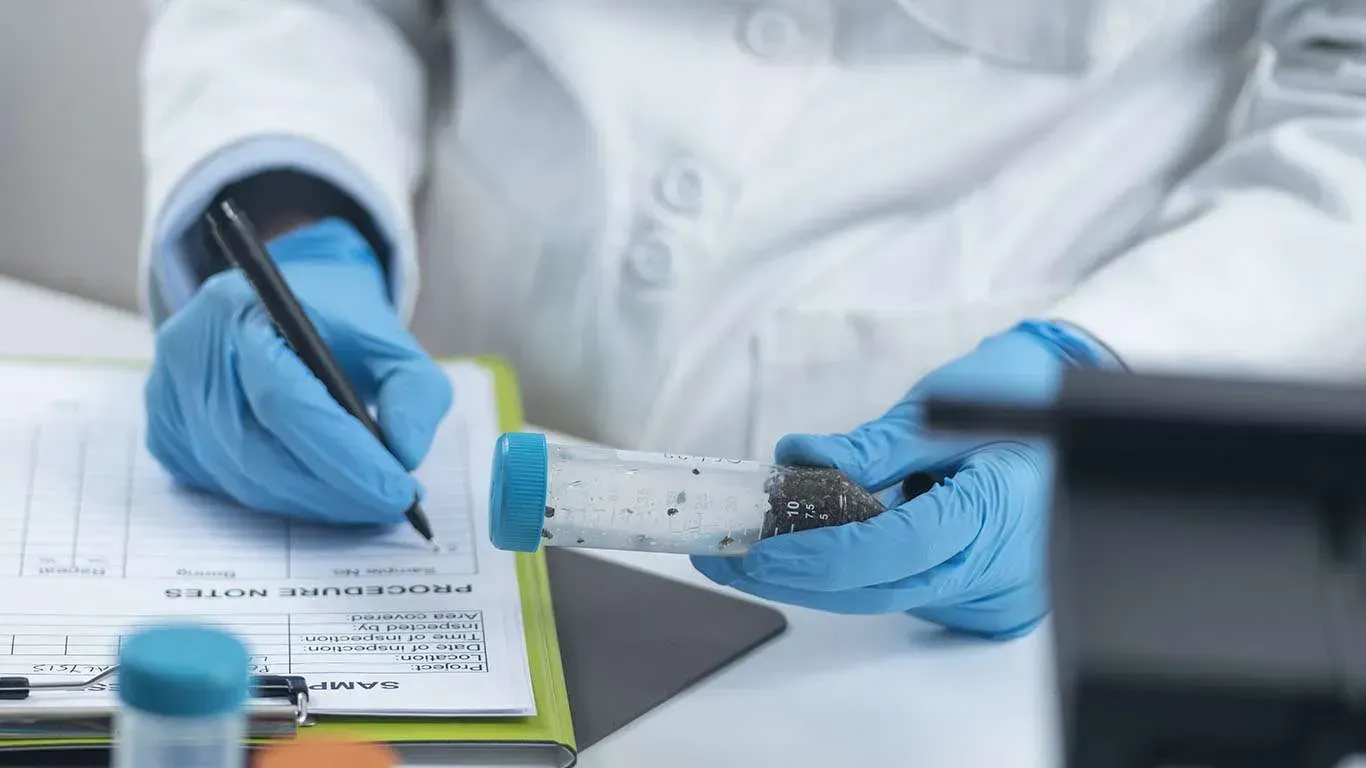
When it comes to protecting your home or workplace from mold, hiring a qualified mold testing inspector is crucial. Mold problems can be harmful to your physical health and structural integrity of your property when left unaddressed. To ensure you’re making the right choice, it’s essential to follow a systematic approach.
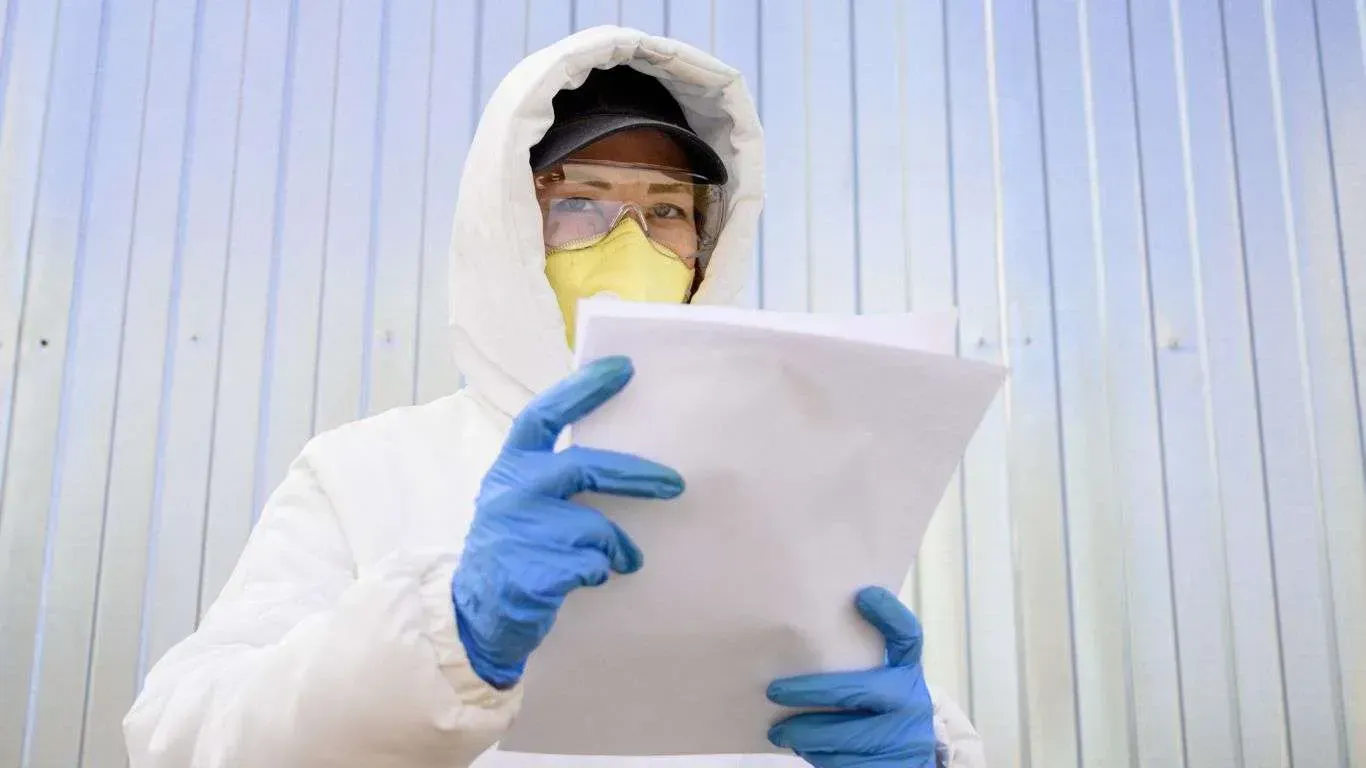
Choosing a certified mold inspector for your Naples home is crucial in maintaining a healthy living environment. Mold can seriously harm your property and health, so dealing with it quickly and efficiently is vital. This detailed guide will help you find the expert for mold inspection to keep your home safe and free from mold.
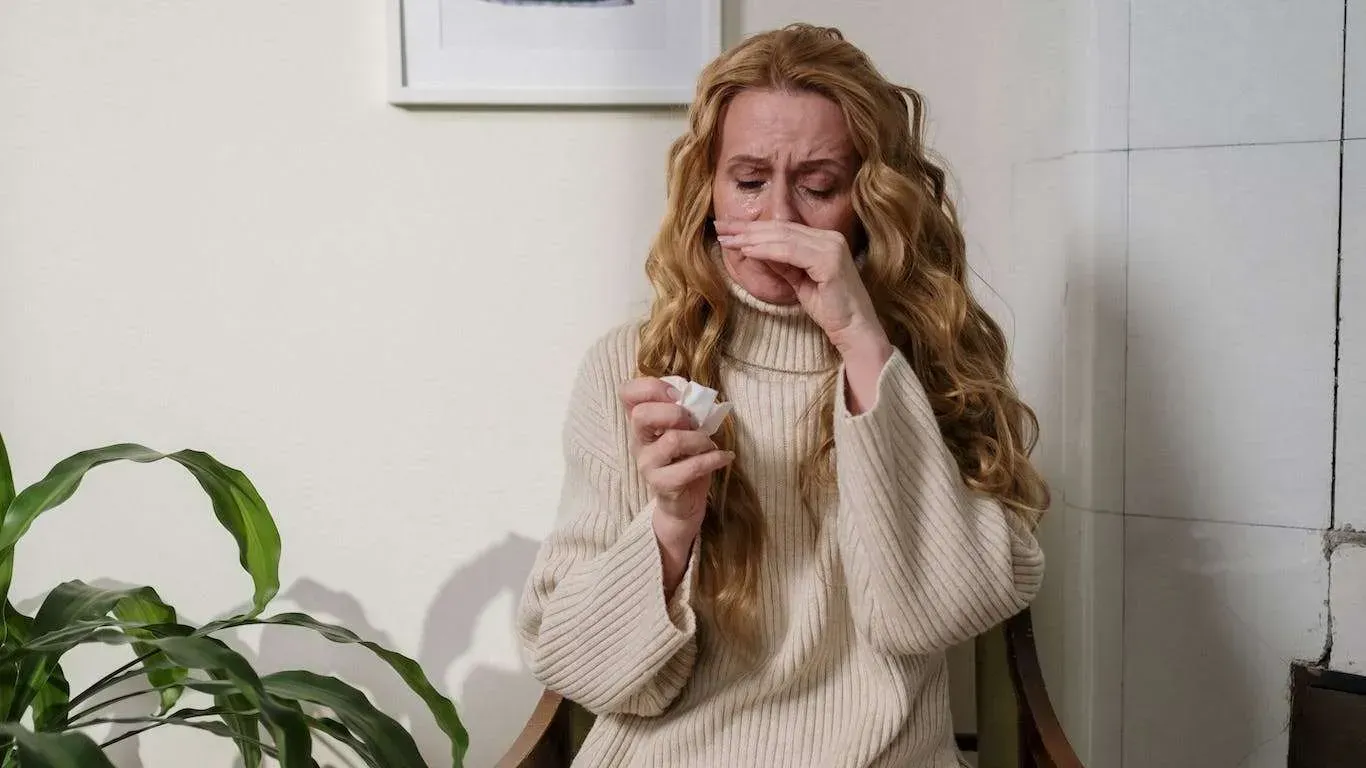
Allergies can be perplexing, especially when distinguishing between mold and seasonal allergies. Many people experience sneezing, itching, and congestion, but understanding the root cause is crucial for effective management. Let’s unravel the mystery behind mold allergies and how they differ from the common seasonal ones.
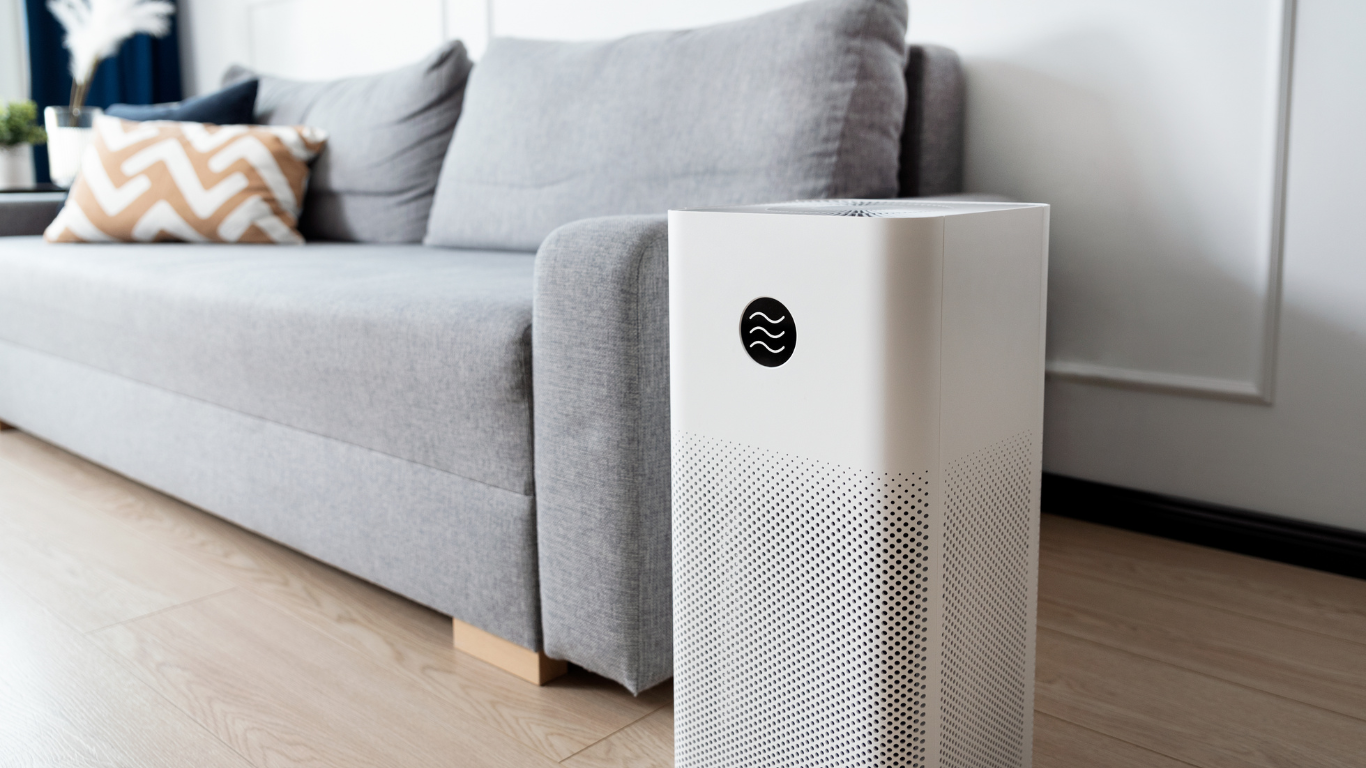
Clean air is essential for a healthy and comfortable living environment. Unfortunately, indoor air can often be polluted with various contaminants, including mold spores. Mold affects the air quality inside our homes and poses potential health risks. This blog will explore how air purifiers combat mold and improve indoor air quality (IAQ) to create a safer and more pleasant living space.

Mold can find its way into your building through vents, HVAC systems, windows, and doorways. It can also hitch a ride on shoes, pets, and clothing. Some organisms require specific and controlled conditions to thrive. Mold is remarkably adaptable and can flourish in virtually any part of your building. It thrives well in places with excess moisture. This includes surfaces like plants, pipes, walls, and roofs. Mold can establish colonies on damp cellulose-based materials. This may be ceiling tiles, paper products, wood, cardboard, and more. You may even encounter mold on common surfaces like carpets, floors, or walls. What can we do to combat mold issues indoors? One essential way to combat mold issues indoors is by improving indoor air quality.
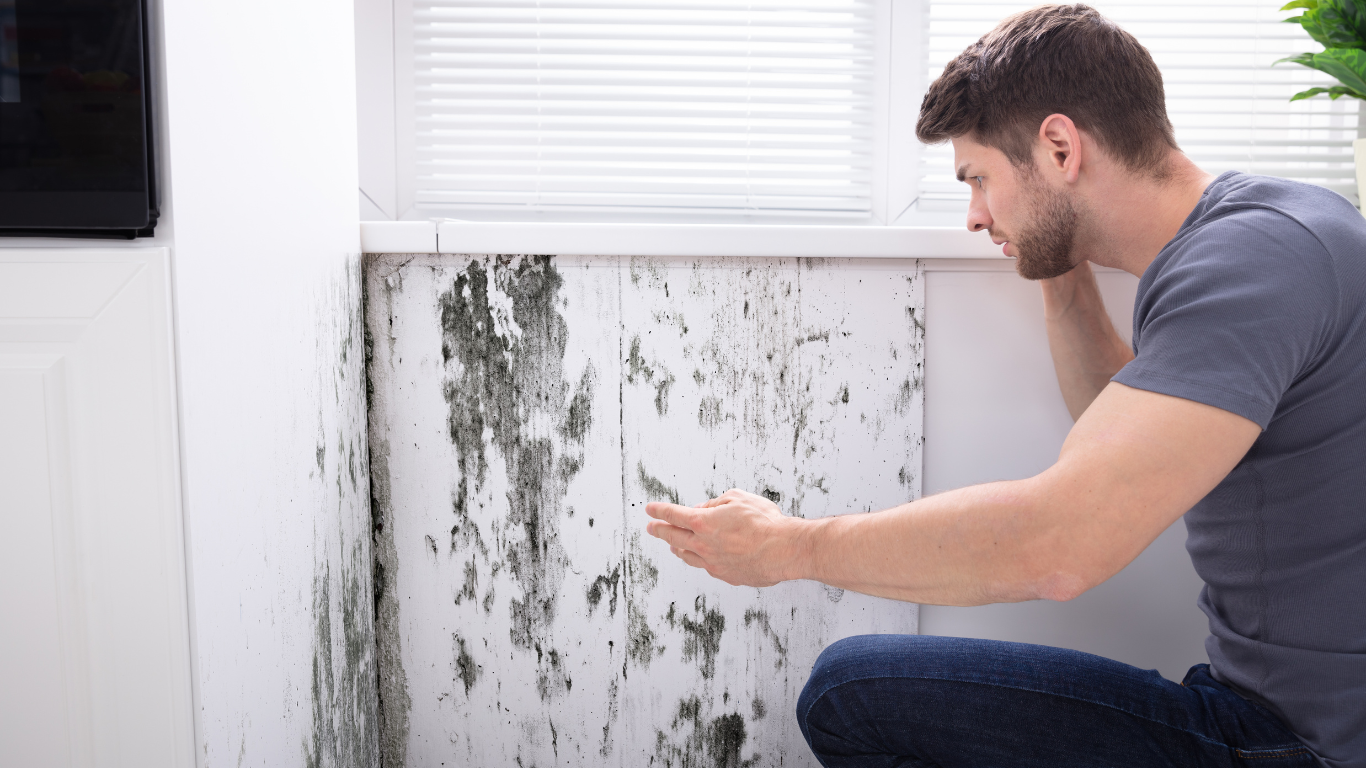
Mold is a household issue that can pose serious health risks if left unchecked. The presence of mold can lead to multiple issues such as allergies, respiratory problems, and other health concerns. To address this problem, many people turn to mold inspection services. But what exactly is a mold inspection, and what are its benefits? In this blog, we’ll delve into the world of mold inspections, explaining what they are and why they are so important for your home and health.
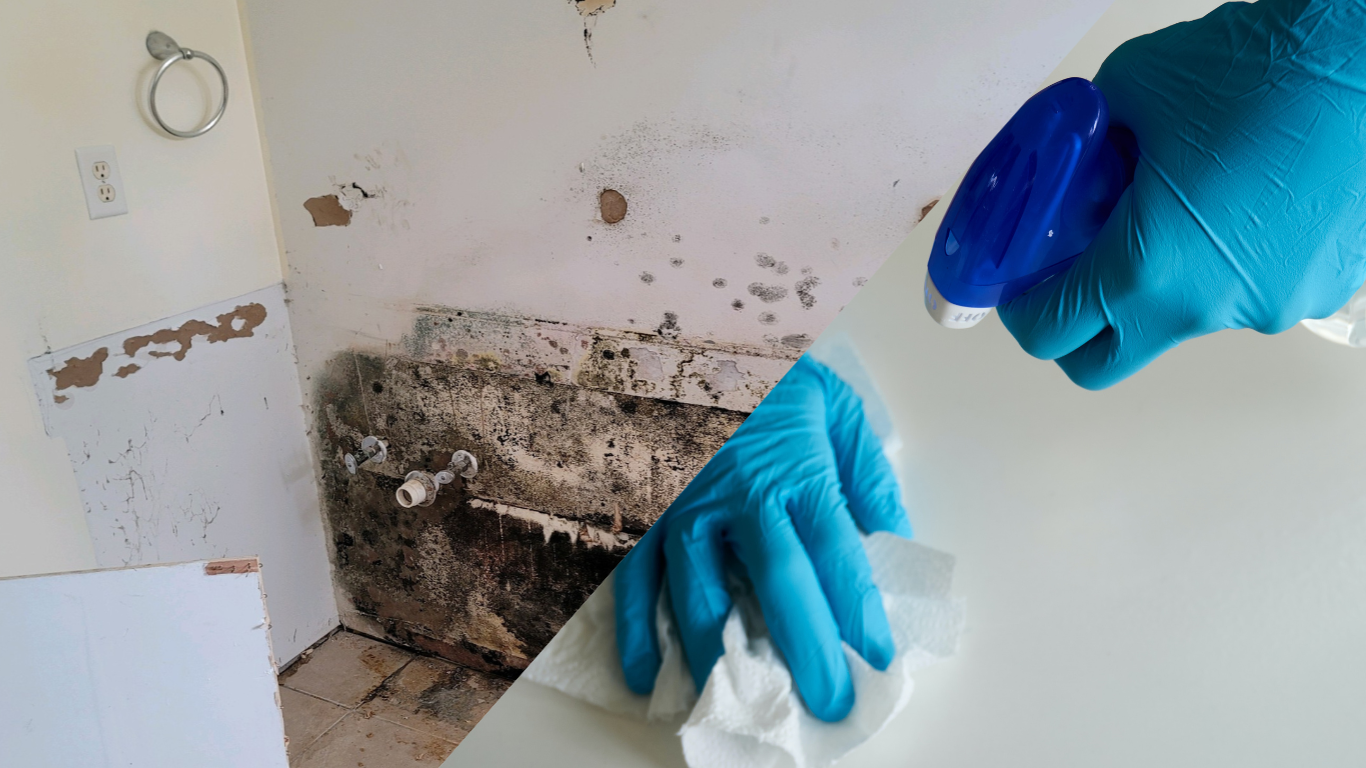
In the intricate world of microorganisms, both seen and unseen, mold and bacteria silently exert their influence. We often wonder: What’s more hazardous: Mold or Bacteria? The difference between them holds much importance. Mold presents far more substantial dangers than bacteria. This exploration goes deep into the intricacies of mold’s heightened risk. We need to shed light on the dangers when contrasted with bacteria.
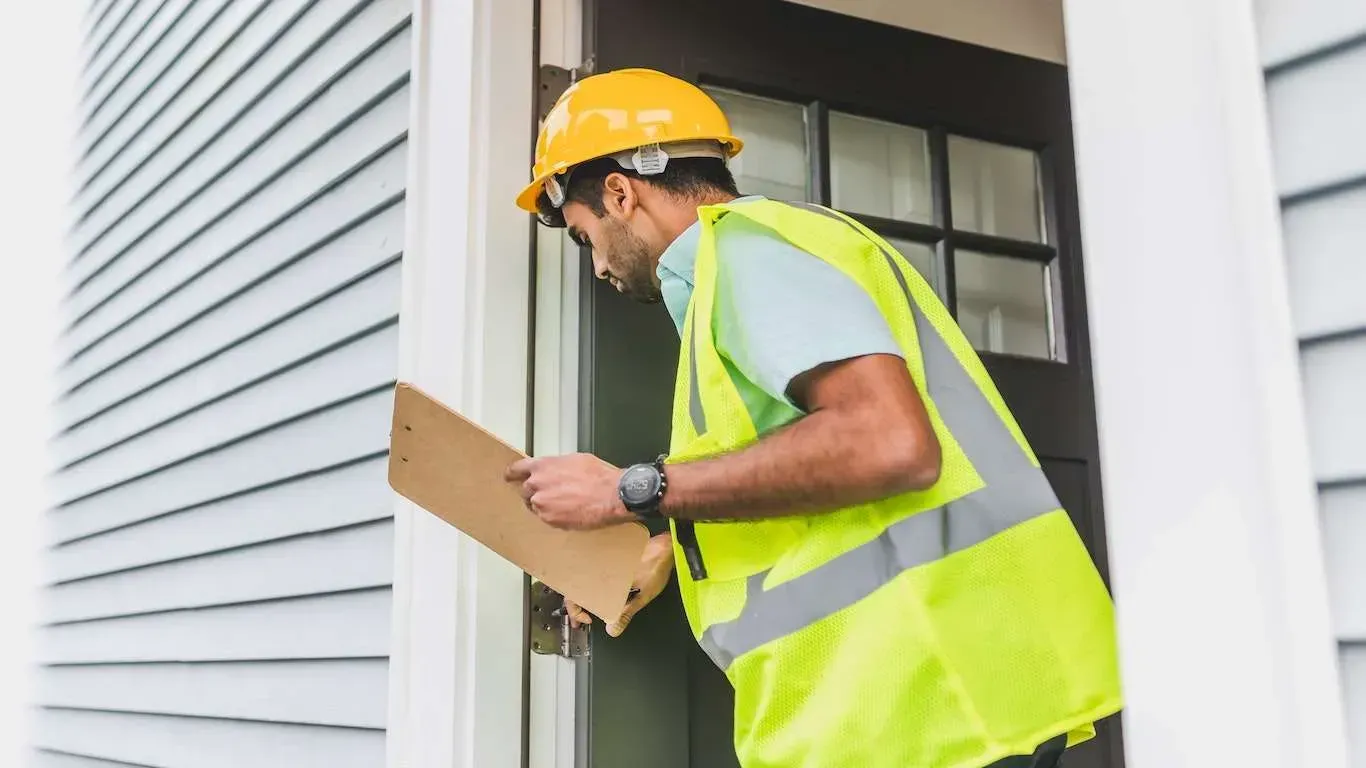
Buying a new home can be thrilling, but it also includes a list of crucial responsibilities. Among these, a mold inspection might be missing from your list. However, it is a critical step that no one should overlook. Mold may be a hazard to health and cause structural damage to a property if left unchecked. This post will explore the importance of mold inspections for new home buyers. We will delve into the potential impact of mold on health and property, the benefits of mold inspections, the inspection process, understanding mold remediation, and how it can provide invaluable peace of mind during your home-buying journey.

Maintaining a safe and quality home environment is essential for your and your family’s well-being. One potential threat to your home’s indoor air quality is mold. Mold growth can lead to various health issues and cause damage to your property. It’s crucial to have a mold inspection professionally conducted by experts such as Mold Inspectors of Florida to ensure the safety of your home. Let’s dive into the importance of a professional mold inspection and its benefits to your home and family.
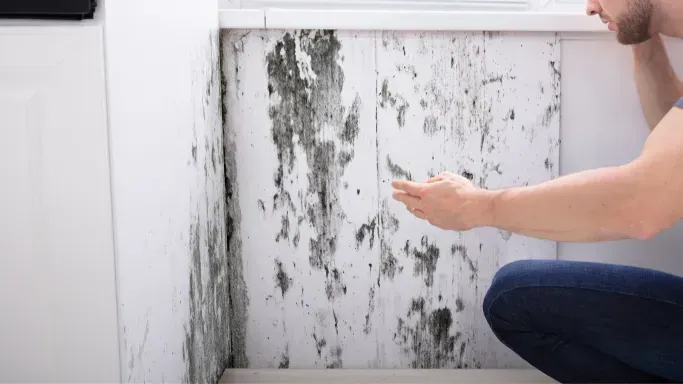
Mold is a common household issue that can pose serious health risks and cause structural damage if left unaddressed. Understanding where mold commonly lurks is essential for effective prevention and early detection. This comprehensive guide will explore the most prevalent places where mold tends to grow in homes. By being aware of these areas and taking proactive measures, you can minimize the risk of mold growth and maintain a healthy living environment for you and your family.

Mold growth is typical in many households, posing various health risks, including allergies and respiratory problems. So how can you stop mold growth before it becomes a problem, especially in difficult-to-find areas like a crawl space? Crawl space encapsulation. Crawl space encapsulation is a highly effective way to prevent mold growth as well as improve overall home health and efficiency. Let’s learn more about mold, crawl spaces, and how to improve the health of your home.
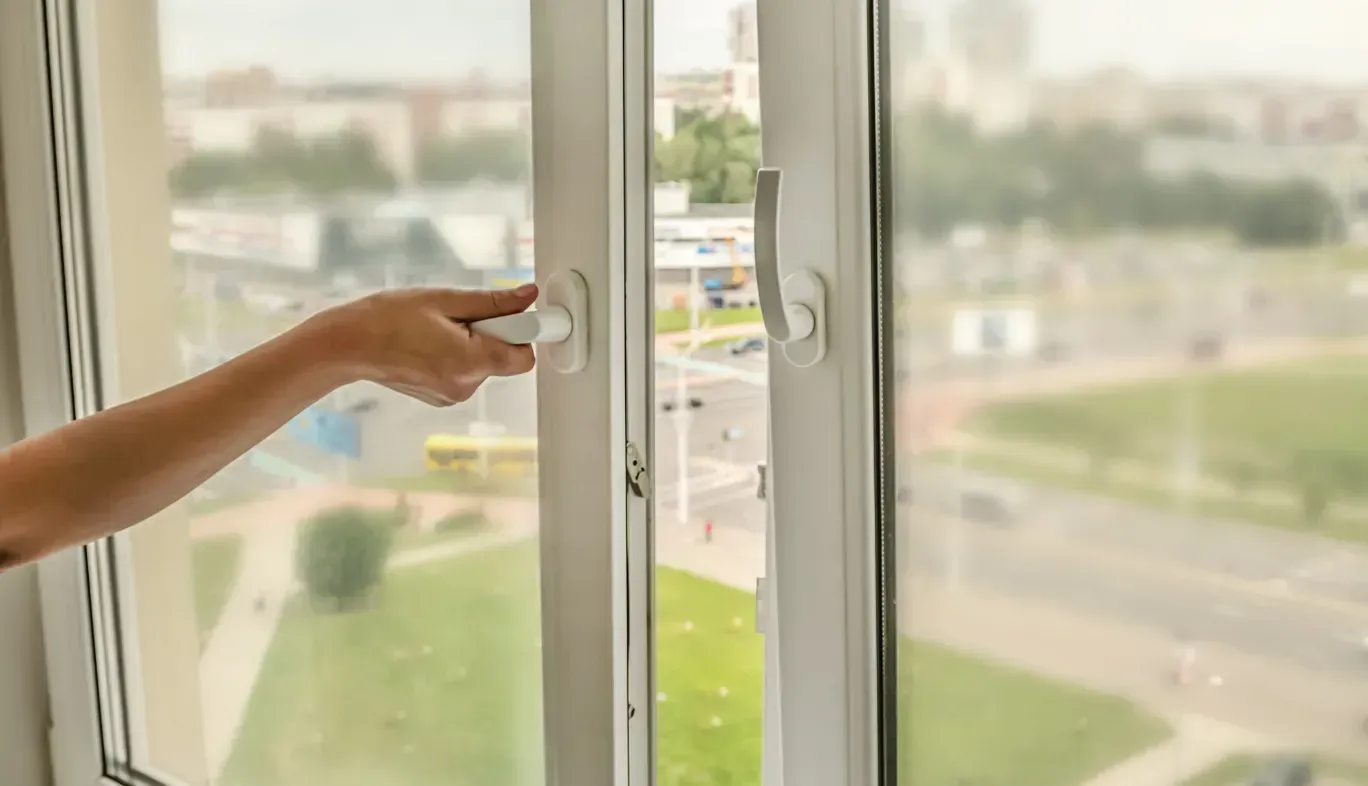
Mold growth is a common problem in humid and warm climates like Southwest Florida . Mold thrives in moist environments and can quickly spread throughout a home, causing health problems and damage to property. One of the most common questions homeowners ask is whether opening windows can help reduce mold growth. The short answer is that opening windows can help minimize mold growth, but it depends on a few factors. Firstly, it is crucial to understand that mold spores are present in the air and on surfaces all around us. They are microscopic and can easily enter a home through any open doors or windows, as well as through HVAC systems and other openings. In addition, mold spores can grow into mold colonies when they land on surfaces that are damp and warm, such as walls, ceilings, and floors. If your home has high humidity levels, opening windows can help reduce moisture and improve air circulation. When outdoor air enters your home, it can help reduce the moisture concentration in the air, making it more difficult for mold to grow. Also, proper ventilation can help remove stale air and prevent condensation on windows and other surfaces. However, opening windows may not always be the best solution for reducing mold growth. In some cases, outdoor air may contain high levels of moisture or mold spores, which can worsen the problem. If you live in an area with higher humidity levels, like Southwest Florida, it may be necessary to use dehumidifiers or air conditioning systems to control moisture levels inside your home. Another factor to consider carefully is the location of the windows in your home. If your windows are located in areas that are prone to moisture, such as bathrooms or kitchens, opening them may not be enough to prevent mold growth. In these areas, it is essential to use exhaust fans or other ventilation systems to remove excess moisture from the air. In summary, opening windows can help reduce mold growth in certain situations, but it is not always the best solution. Therefore, homeowners in Southwest Florida should consider factors such as humidity levels, outdoor air quality, and the location of windows before deciding whether to open them. Additionally, it is important to use other strategies, such as dehumidifiers and ventilation systems, to control moisture levels and prevent mold growth. By taking a comprehensive approach to mold prevention, homeowners can protect their health and their property from this common problem. If you are curious or concerned about mold growth in your home or property, hiring a professional mold inspector is a crucial step to ensure the safety of your living environment. Mold Inspectors of Florida’s staff of highly trained and experienced professionals who specialize in detecting and identifying mold growth and providing recommendations for remediation and prevention is here for you! Check out these five compelling reasons why you should consider hiring Mold inspectors of Florida:

When you receive your mold test report back, we understand it might be an overwhelming experience. Without any training or extensive knowledge, it’s hard to know what you’re looking at. At Mold Inspectors of Florida , we pride ourselves on providing a comprehensive report and laboratory results so you will get the complete picture of the mold in your home or business. However, in order to make the best decision for mold remediation, you need to know how to read your results effectively. So, here are our best tips for reading your mold testing report like a pro!

If you suspect mold in your business or home, it’s a frustrating experience, to say the least. We understand the idea of taking care of it as quickly and cheaply as possible. However, cutting corners can be costly to your health and wallet. One product that’s recently gained popularity, despite its shortcomings, is DIY mold testing kits. We can assure you these are a waste of time and money and potentially a hazard to your health. Keep reading to learn the three main reasons DIY mold testing is a bad idea.

Mold at work can be a serious problem for both employees and employers. Mold can cause a range of health problems, including allergies, asthma, and other respiratory issues. It can also cause damage to the building and its contents. There are several ways that mold can form at work. It can grow in damp or humid environments, such as in bathrooms or near leaks, or water damage. It can also grow on surfaces that have been contaminated with mold spores, such as carpeting or drywall.
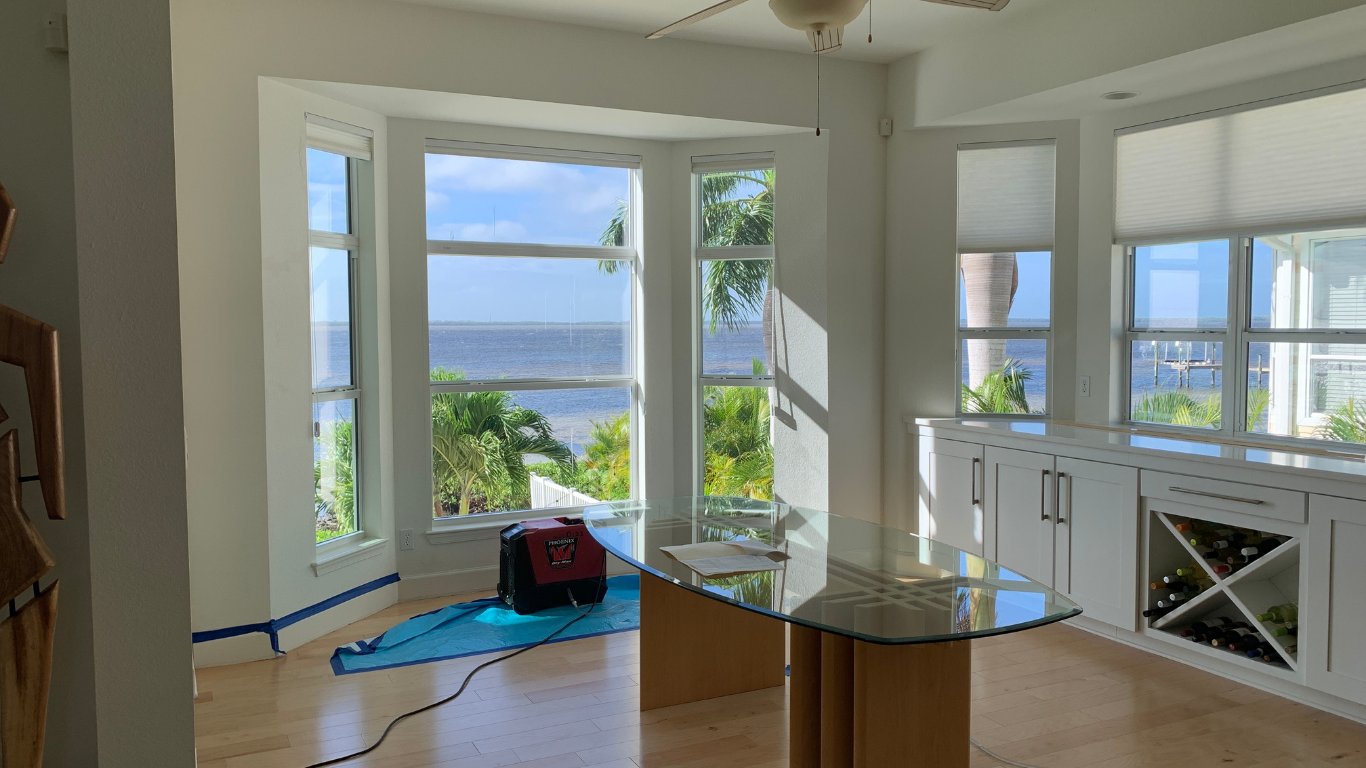
If you’ve ever dealt with a mold problem, you know just how stressful it can be. What might sound simple at first can quickly turn into a long and confusing process. There’s so much that goes into mold cleanup, from initial testing to mold remediation, that it’s hard to keep it all straight. So if this is your first time trying to tackle mold, you might be overwhelmed by all the technical terms. What happens during testing? What exactly is the meaning of remediation? Learn all about the mold removal process from start to finish from the crew who’s done it all before – the mold testing experts at Mold Inspectors of Florida.
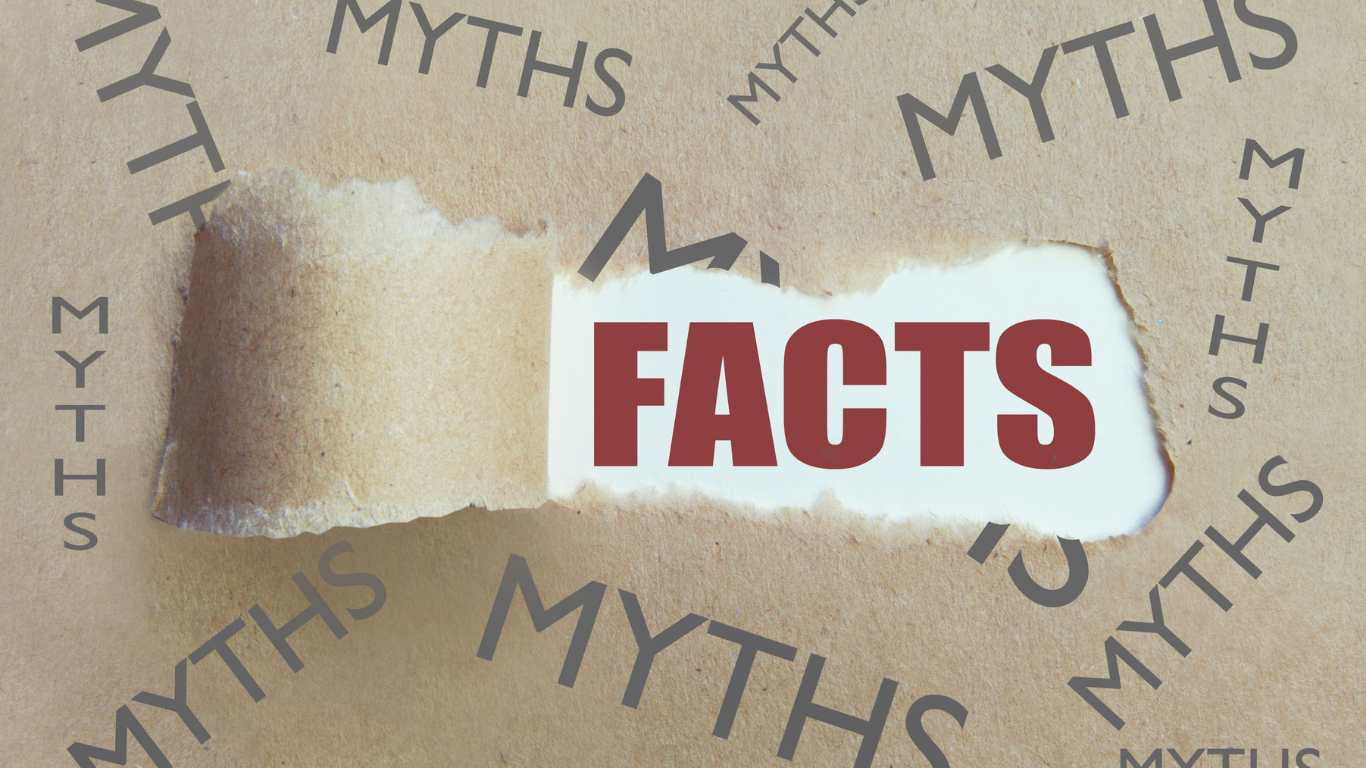
With so many myths about mold, it can be hard to keep the facts straight. Most know that mold is essential in the production of some foods and medicines, like cheese and penicillin. So, is it really that bad when you find it in your home? The answer is yes! Keep reading to learn about some common mold myths debunked by mold experts.

Finding yourself with a mold problem can big enough hassle by itself, but what happens when you suddenly notice an insect problem as well? You’re probably wondering, are bugs attracted to mold? Maybe the bugs are somehow causing your mold issue, or perhaps it’s simply a coincidence. The truth is that the two often come hand in hand. Learn why you’re experiencing bugs and mold and how to stop the problem.
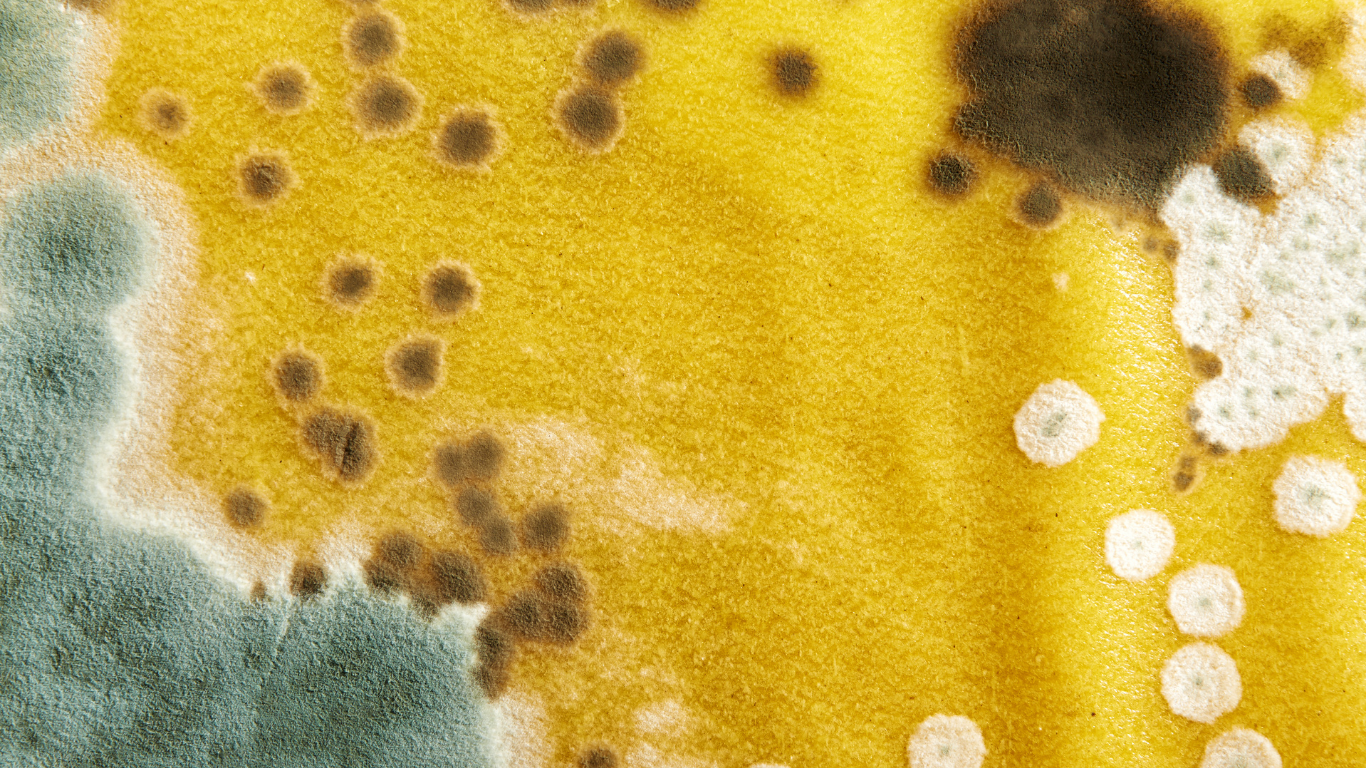
Do you notice a musty smell around your home? Had recent water damage? More than likely, mold spores are already working on spreading. There are over a hundred thousand types of mold, but luckily not all will make themselves at home inside your house. However, they all still pose a threat to your health and home. Mold spores make their way inside through doors and windows, in water, and even on your clothing or pets. Once they begin to grow, they can take on different appearances that may change as time goes on, making them hard to identify. At Mold Inspectors of Florida, we use top-of-the-line moisture meters and mold detection technology to determine the specific type of mold afflicting your home, finding mold in areas that aren’t visible to the naked eye. While there are over 100,000 types of mold, not all are capable of growing in your house. However, there are some that we come across more frequently than others.
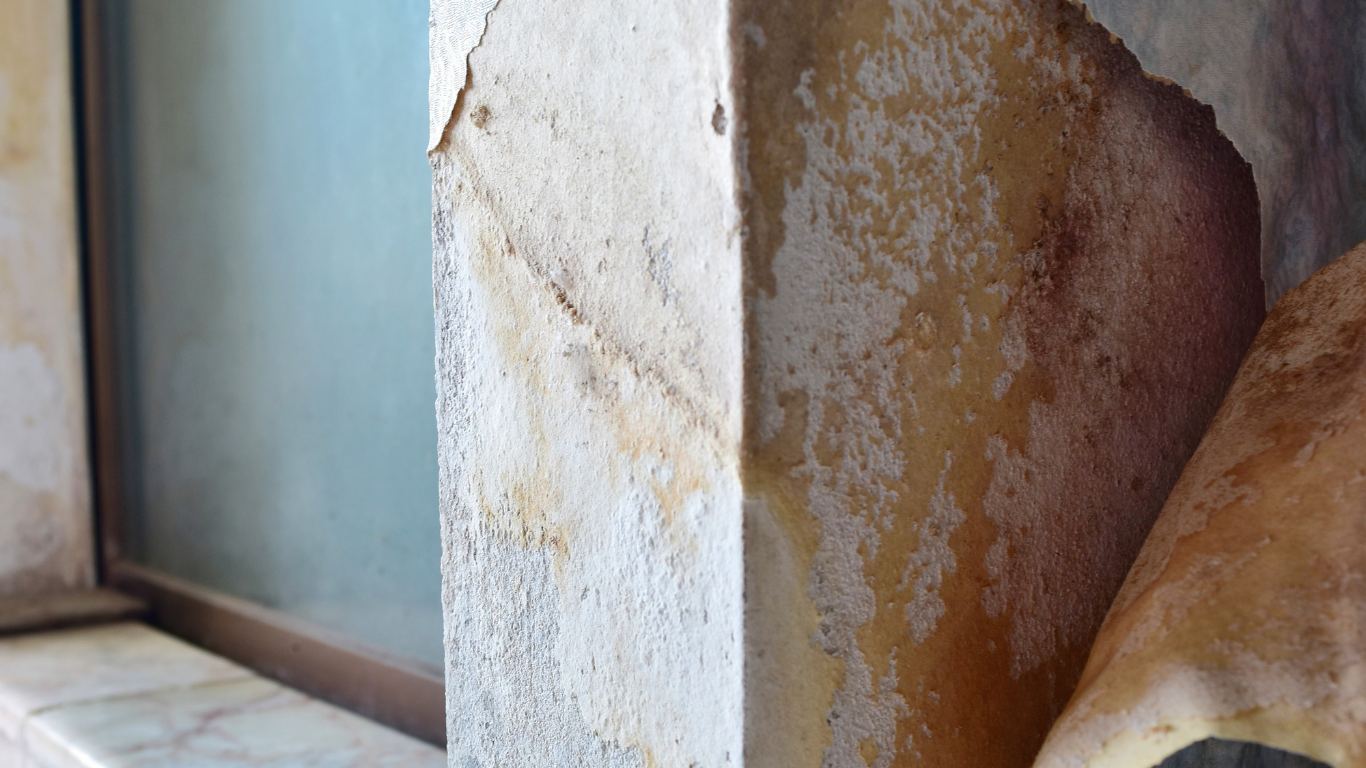
As Southwest Florida’s mold testing experts, we’ve learned more than our share of facts about mold over the years. During that time, Mold Inspectors of Florida has also seen the countless ways that mold can damage homes and businesses while risking the health of anyone inside. Part of our mission is to spread our knowledge to every resident and business owner in the area.
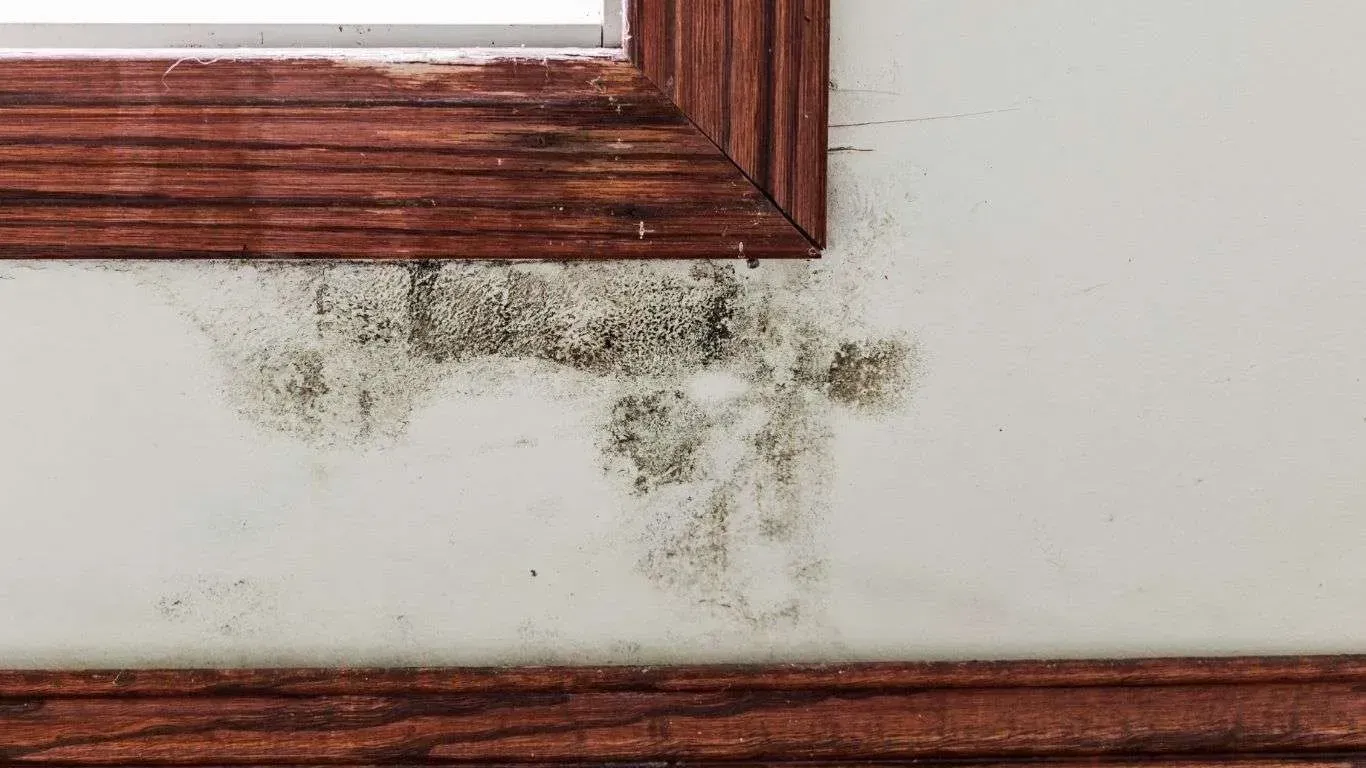
Finding indoor mold is a homeowner’s worst nightmare. Because mold spreads by invisible spores in the air, it can be present without anyone knowing until it’s too late. All it takes is moisture and a surface for spores to land on for growth to start. Living in a humid environment can make mold feel inevitable, but knowing the signs and prevention methods will save you from future stress and potential property damage. Some hiding places for indoor mold are apparent, but others might surprise you. Looking beyond your basement or bathtub could save you!

Worried that you are missing common warning signs of mold in your home? Your home can be one of the most significant investments you will ever make. Not only is your home a substantial financial investment, but it is also your place of sanctuary, memories, laughter, family gatherings, and special moments. Every homeowner fears inevitable house repairs, knowing they could cause their piece of heaven to quickly become a piece of hell! Mold is a real and looming fear in many homeowners’ minds, first because identifying and detecting possible mold problems can be intimidating and second because mold can be extremely daunting to remove! There are thousands of mold variations that are commonly found in households. Interested in learning more about mold variations? Check out our blog here . Mold is not easily detectable, making it a silent killer to the structural integrity of your home and your family’s health! Regardless of the type of mold growth, it is vital to identify it and remove it as quickly as possible. Common places mold grows are basements, bathrooms, poorly ventilated dryers, dishwashers, or areas prone to flooding or leaks. We know identifying mold within your home can feel intimidating. Don’t fear! We are here to help you along in this tricky process. If you are anxious that your home may have a potential mold problem, then you have come to the right place. Here we will discuss the top 7 signs mold may be growing in your home!
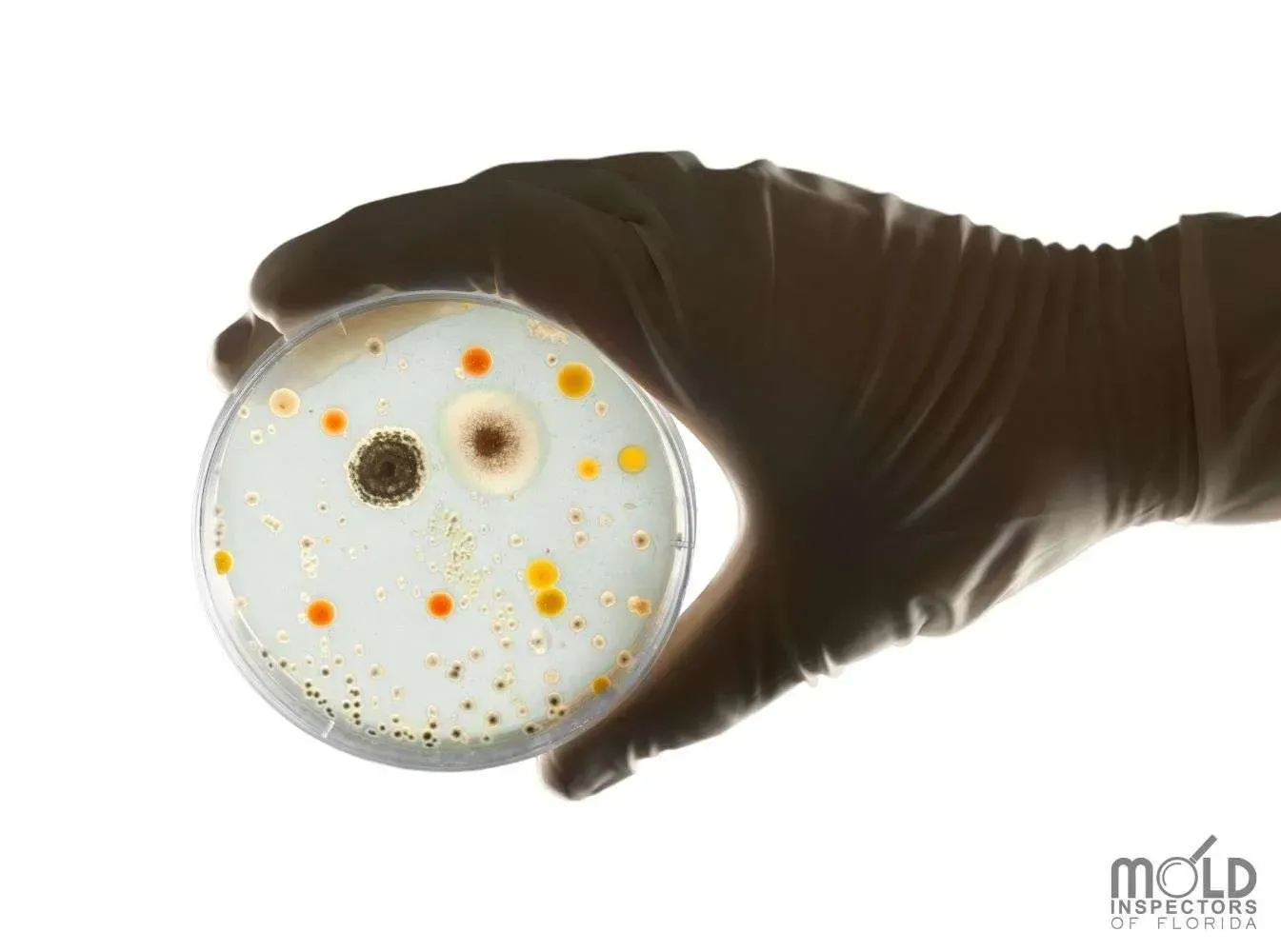
When it comes to mold, many people wonder what types are good and what types are bad. Mold Inspectors of Florida performs inspections of homes and test for this very answer. Many patrons ask for the detailed lab results, mostly concerned about toxic mold. But did you know that mold can be good for you as well? The world of fungi comprises thousands of species of yeasts and molds. With so much still to learn about their potential, what we do know is not all of these species are toxic. Our goal today is to educate you as a home or building owner to know the types of molds, and danger signs to look for. And finally, we will advise on when to bring in a professional and licensed mold inspector, such as MIOFL.
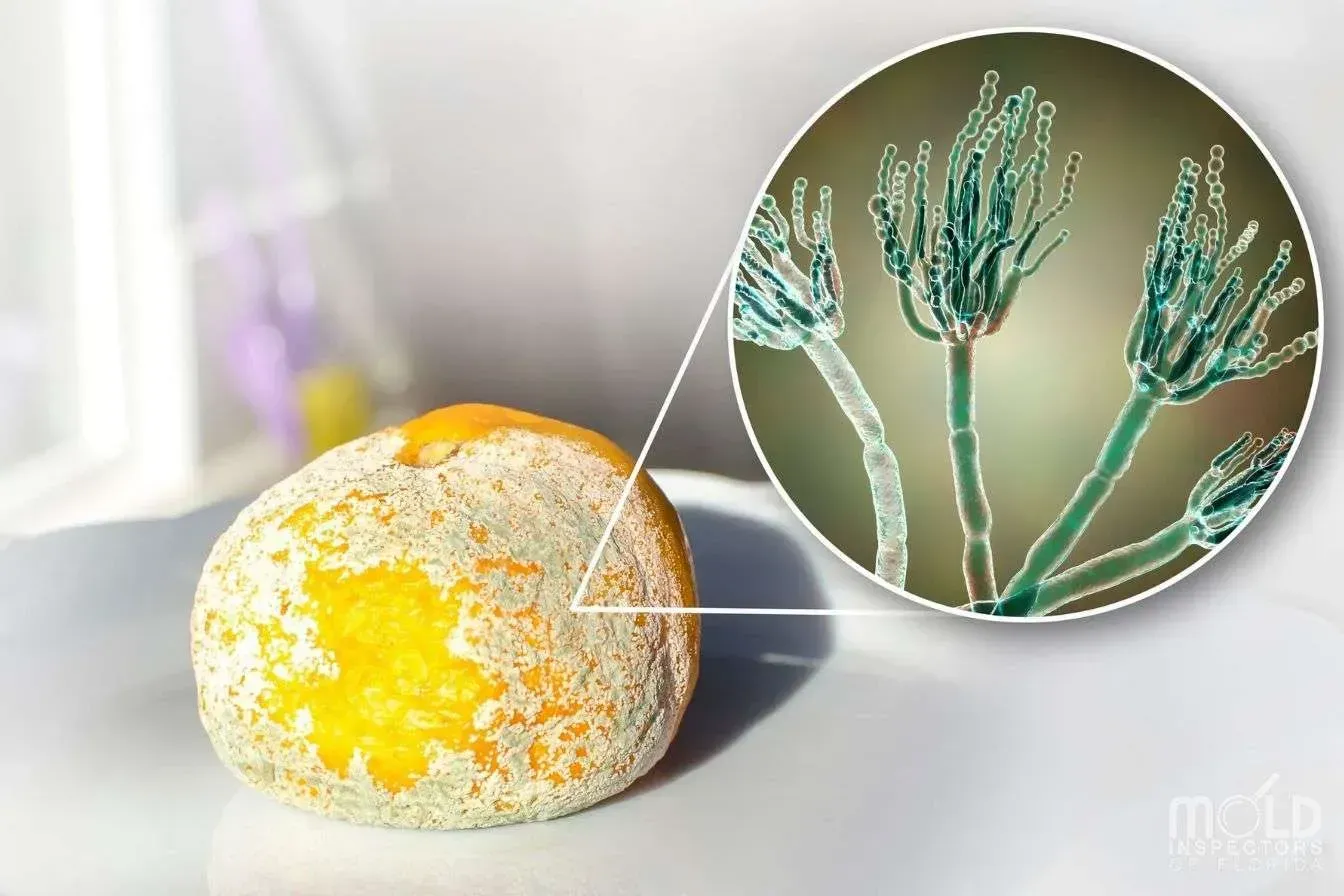
While mold may seem harmless, it’s important to know the truth about mold on food! Can it harm you? Should you toss it? We’ll take a look at some potential concerns, which foods mold quickly, and some tips for you to follow. Imagine, you just finished the best workout you have had in a long time. You worked up a sweat, you are dreaming of that perfectly juicy Florida orange waiting for you when you get home. Only to find, when you open the refrigerator, utter disappointment. That once perfectly plump, bright and juicy orange is now shriveled, fuzzy, and green. You may want to discard the moldy peel and eat the rest of the orange. The peel protects the fruit, right? Wrong. Mold on peels can penetrate beneath into the flesh of the fruit! As well as spread microscopic spores another 2cm away from the visibly affected area. How careful are you with the food you ingest? It may be time to learn the truth about mold on food.
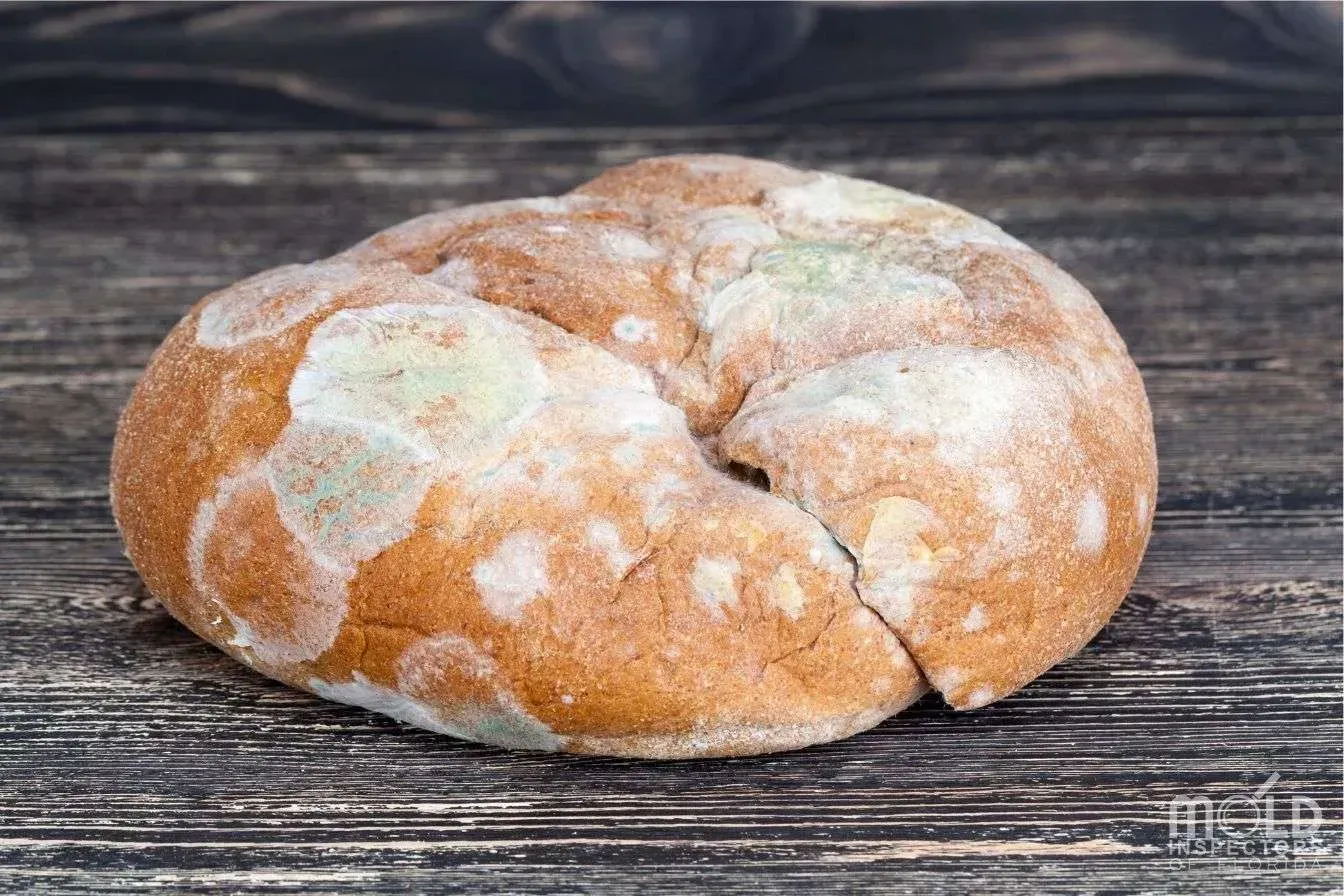
Have you ever found mold growing on your food and wondered if it was safe to eat? Have you questioned if you should keep some of the food if the mold wasn’t covering it all? In this article, we’ll go over the different colors of mold often found on food and answer these questions! When we hear the word “mold” around food, we assume the green fuzzy fungi that appear on produce. This mold also develops on bread when we forget to eat it in time. Yet, while green and white are the typical colors found on food, there are many other colors of mold that can grow.

When most people think of mold, they think of the classic musty mildew stench similar to the smell of when wet clothes are left in the laundry too long. Most mold begins growing out of sight in walls or attics, and by the time you see the mold growing, the problem is usually much more significant than you think. Luckily, relying on your vision rather than olfactory senses are a quicker way to detect a fungal contamination in your home. In most cases, your most useful weapon for early mold detection is your sense of smell. However, it is essential to note that not all molds can be identified with the classic “old wet laundry” smell.
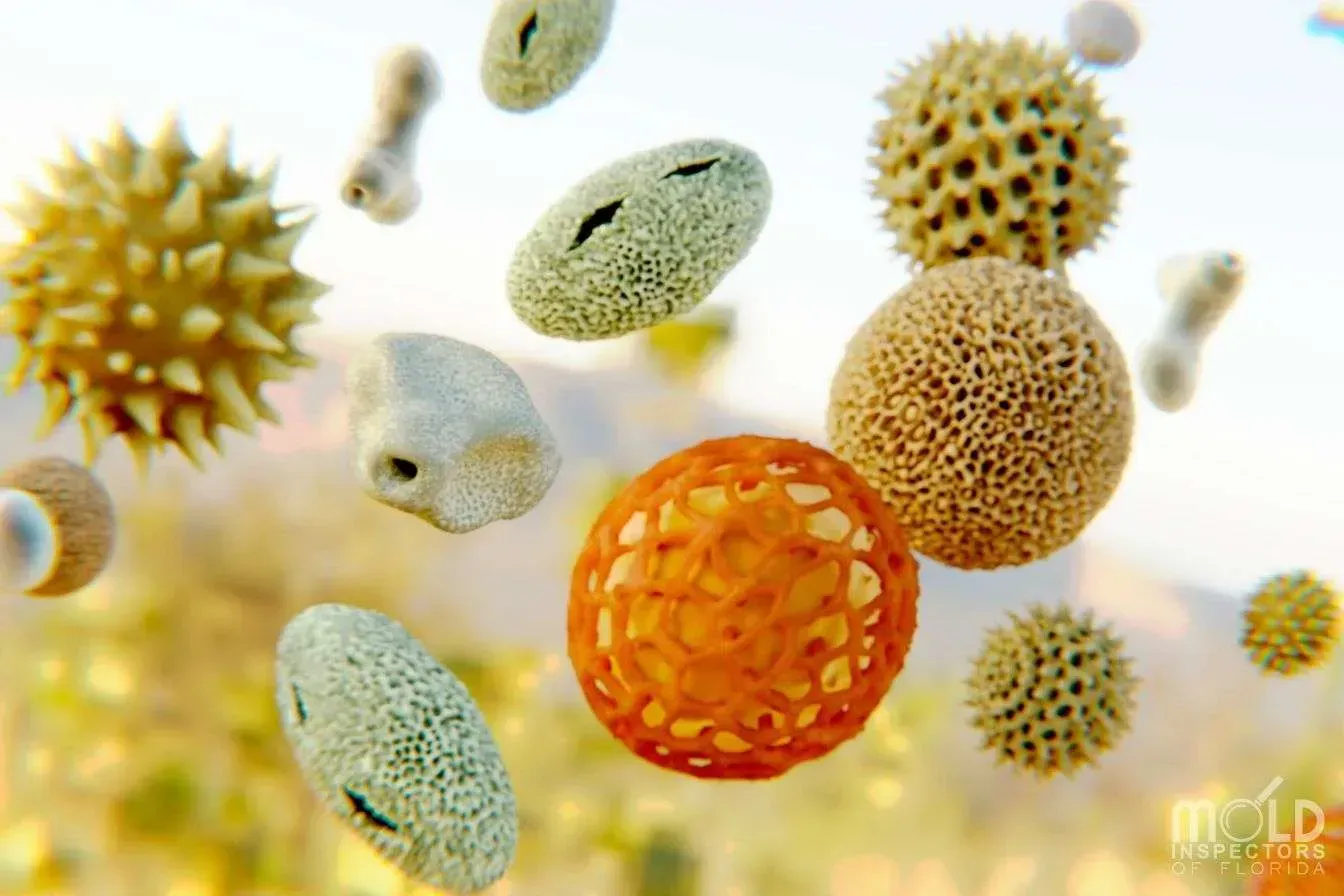
More often than not, the question is not if, but what type of mold is affecting you. The humid Southwest Florida temps are perfect for mold to grow. Households and commercial structures are easily affected in our area. The most common question is, “how dangerous is the mold in my building?”. Most people hear the word mold and assume the worst: The infamous “toxic black mold.” However, there are thousands of species of molds, including some black molds that are non-toxic. Toxic molds are those that produce deadly mycotoxins intended to kill other organisms in defense to ensure its survival. There are generally three types of mold groups: Allergenic, Pathogenic, and Toxic.
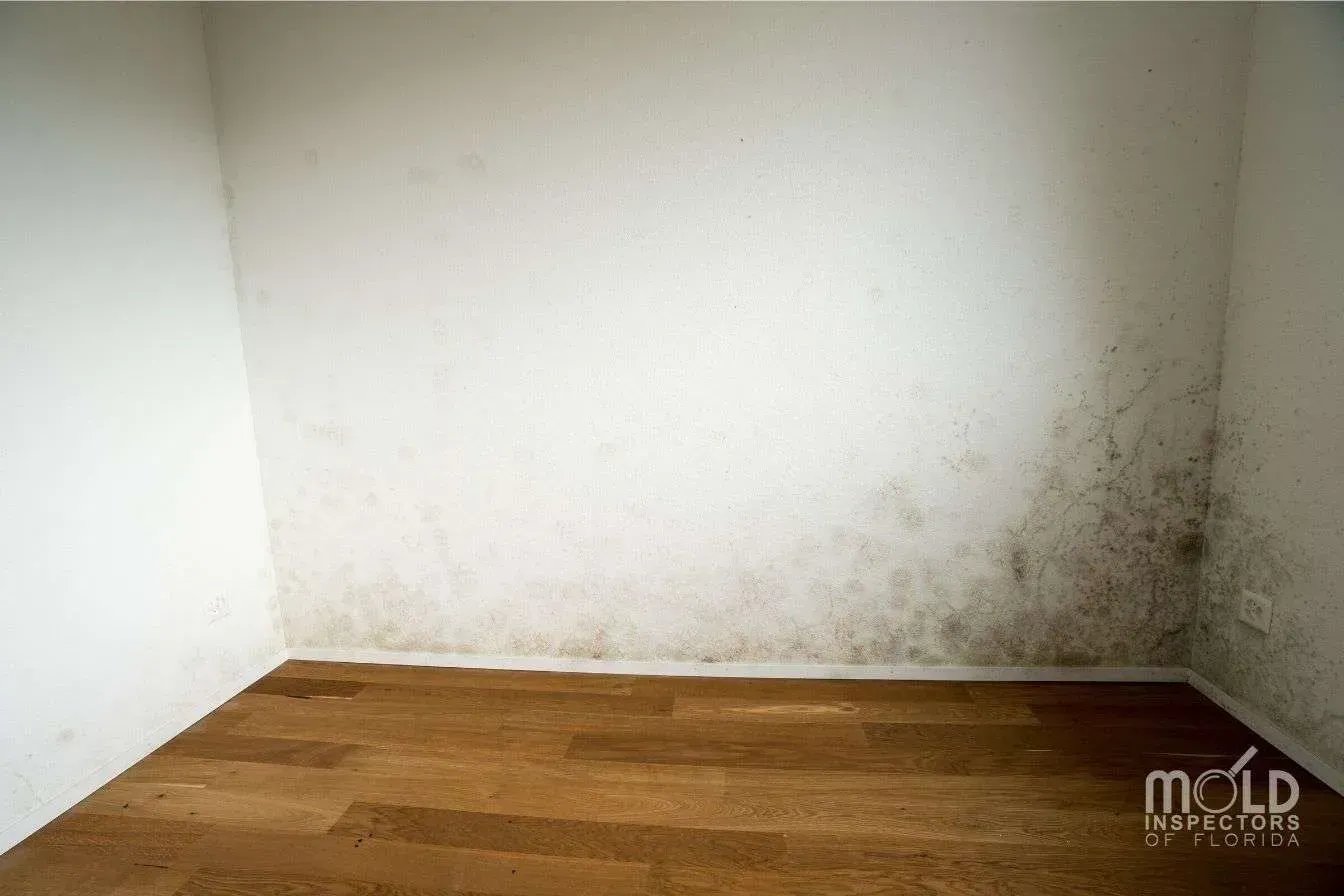
When your reputation is deadly, no one wants to be around you. In the case of Stachybotrys, also known as toxic black mold, even other molds that resemble it in color are avoided. As a home or building owner, ensuring the premises is safe for all patrons is a vital component of the landlord’s duties. If a family member or tenant states they see “black mold” in the building, the initial thought is it could be toxic. While this can be the case, it is not always true. Here in southwest Florida, the humidity levels increase the risks of mold growth, both toxic and allergenic. There are black colored molds that are not the infamous “toxic black mold,” Stachybotrys.
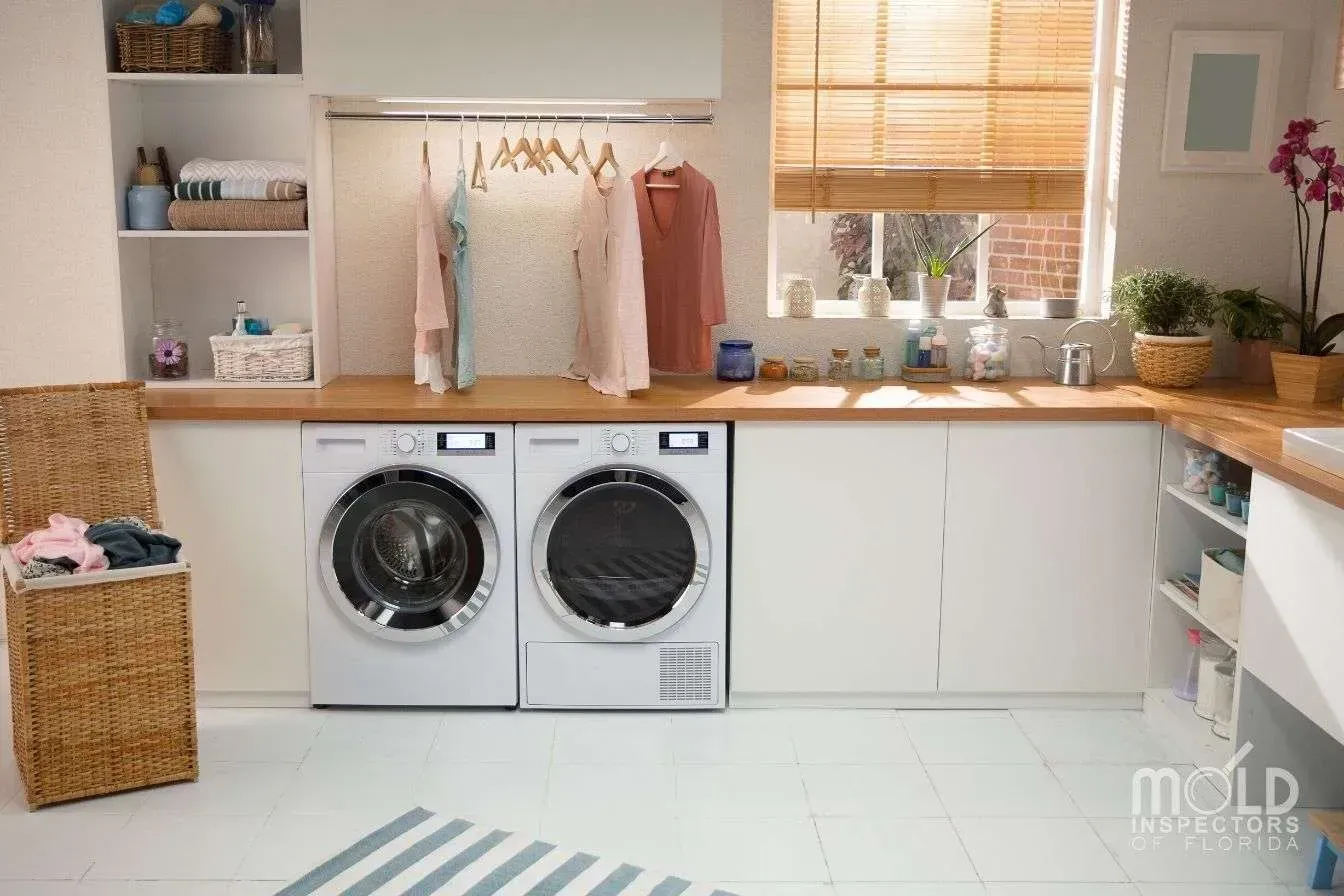
Mold presence in laundry rooms should not come as a surprise. As most people are aware, mold growth occurs in moisture ridden areas, and a laundry room is no exception. Wet clothes in the washer are easy to be forgotten overnight, or in some cases, longer. Leaving these clothes unattended can cause mold and mildew to grow on clothes. Opening a washer to smell a pungent aroma on garments that have been sitting too long can be credited to mold and mildew growth. Remember the sound of your mother yelling not to leave the wet clothes in the hamper? She was concerned about mold growth. Due to the humidity levels that arise in a laundry room, and the presence of damp clothing, how do you properly prevent mold?

Many articles are written about the danger that mold, especially toxic black mold, creates for humans. However, the topic of pets affected by mold is not as popular. Our pets are members of the family like any other, and ensuring their health and safety is just as important as providing our own. Should you not see or feel signs of mold exposure in yourself, keep an eye on your animals as well. Animals may have allergic reactions to molds that you or other household residents are not affected by, simply due to individualized immune responses. Pets tend to sniff (inhalation through the nostrils), travel, and lick around the home. If mold is present on the house or food, a pet can quickly become ill from the exposure. Depending on the species of mold and the amount of exposure time, the symptoms can range from minor to severe. If a limited exposure has occurred, your pet may sneeze or cough, while prolonged exposure time may trigger neurological systems or become fatal. If your pet has been exposed to mold, the reaction can vary depending on if the response is a result of allergens, inhalation, or ingestion.
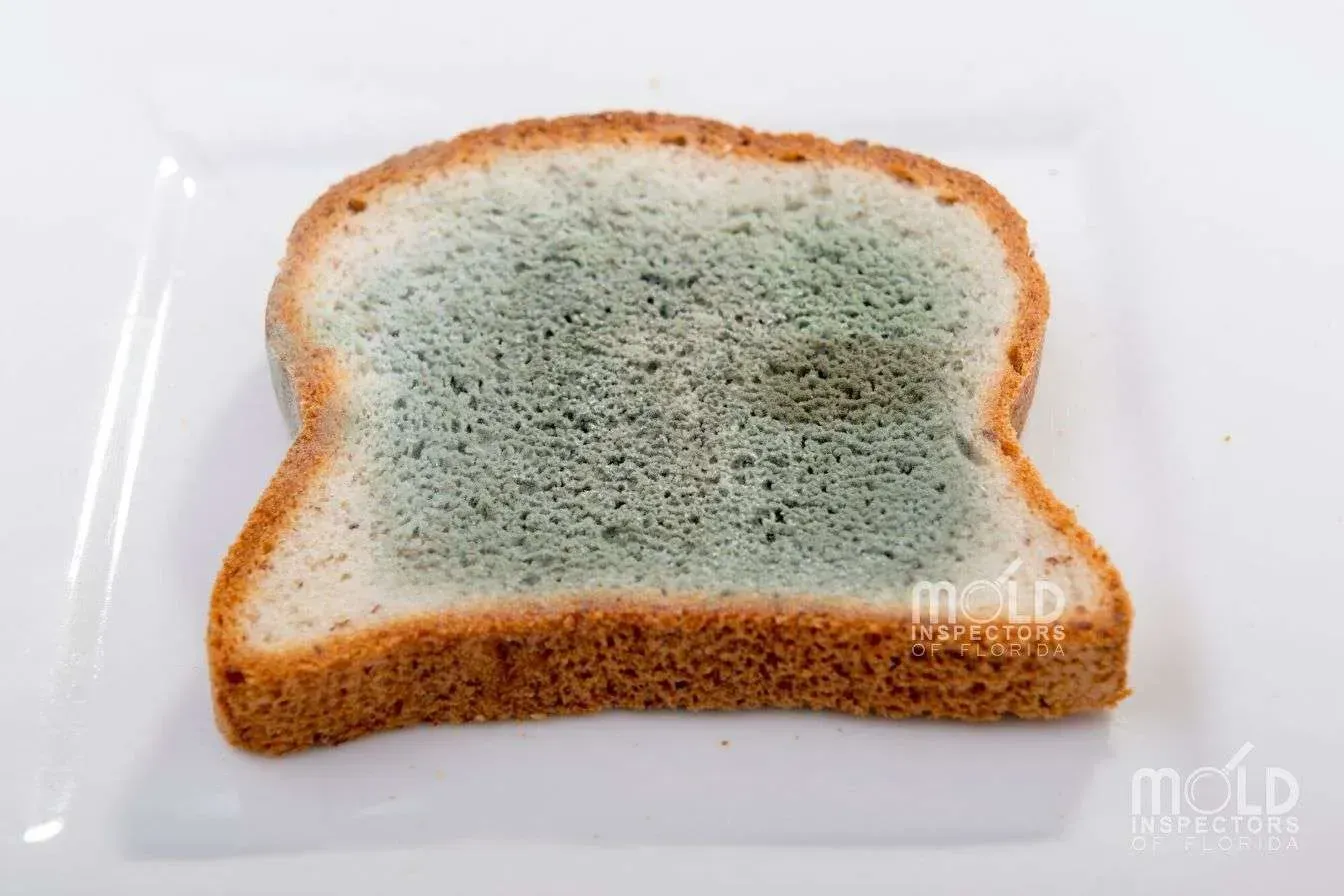
There are thousands of mold species in the fungal world. With species, sub-species, and a single fungi, it’s no wonder that the word “mold” has become a scary topic around the world. From expensive home remodels and remediations to painful illnesses, molds have become a hot topic in the homeowner circle. When a homeowner hires a mold inspector, there are endless possibilities for the findings of mold in a home and its structures. Having a basic knowledge of some of the common household mold species can give homeowners a sense of understanding they need to become proactive and preventative on household mold.
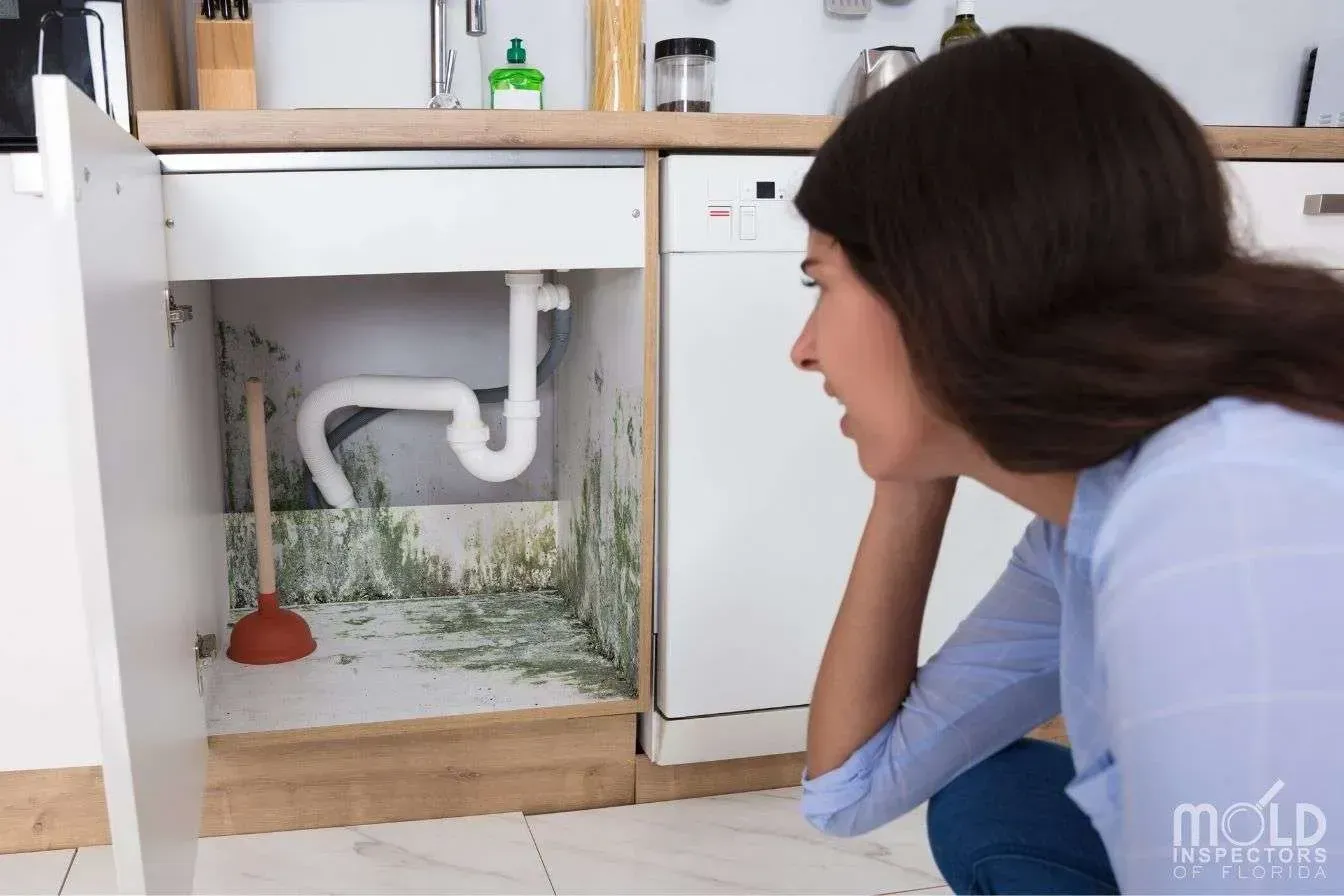
In Southwest Florida, mold is a common topic. The warm tropical climate and increased humidity levels create moisture in building structures that are perfect environments for mold growth. For years news reporters in the Fort Myers area have been reporting on apartment complexes where mold has taken over. Most of these reports speak to tenants that are just “passing through” to grab some items from their apartment on their way back to their friends’ couch or hotel. These tenants are paying rent while living elsewhere until they find new living quarters.

Escaping the tundra of the north to the southern tropical climate is a popular winter living choice for many retired northerners. These “snowbirds,” as they are respectively named, allow for seasonal migratory residents to enjoy family and stay within comfortable climates all year round. However, leaving a house unattended for half a year may prove problematic if you overlook necessary precautions.
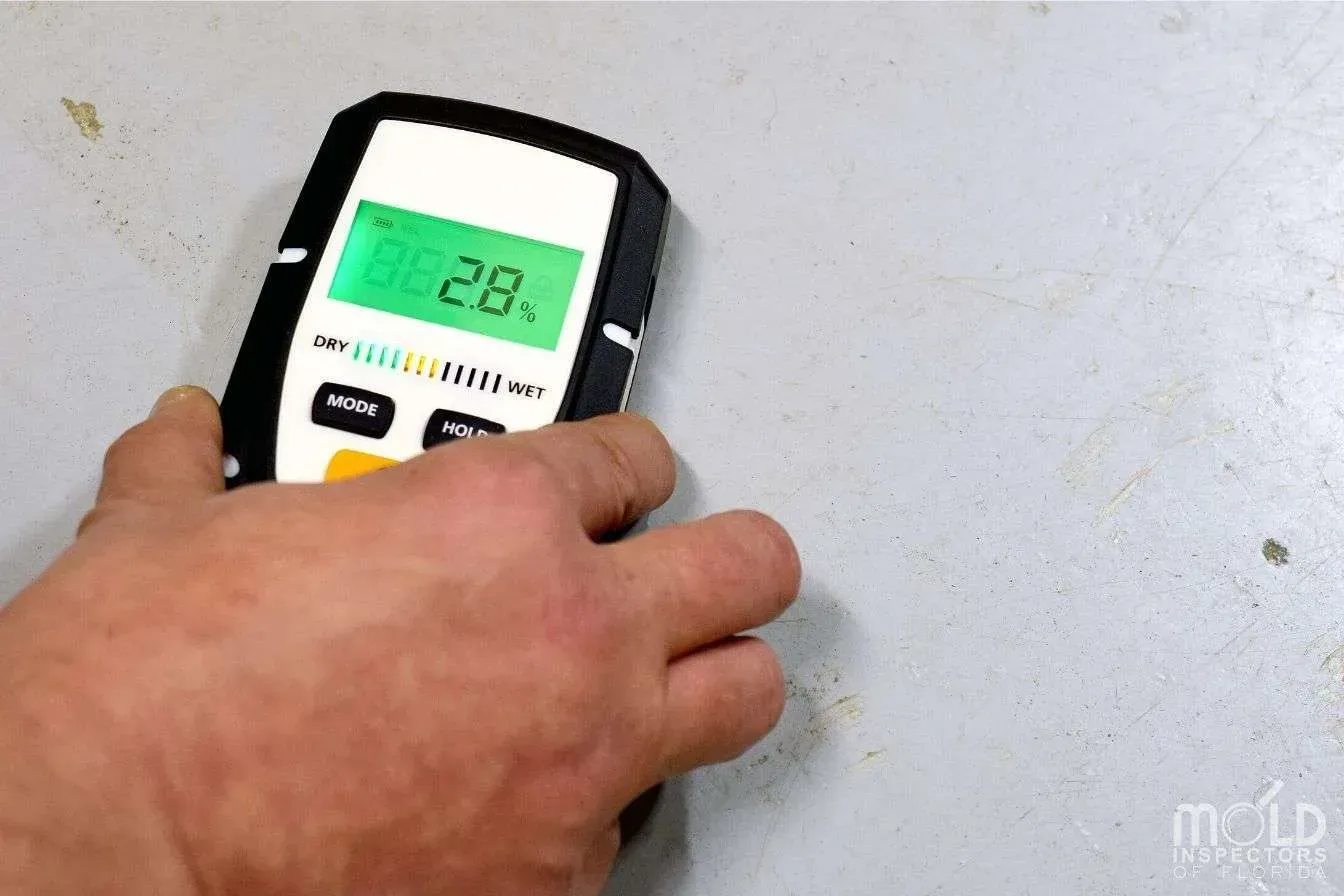
When Mold Inspectors of Florida arrive at a home or commercial property, we bring state-of-the-art tools to give you the best results possible. A proper mold inspection should include a conversation about concerns you may have with visible mold, moisture problems, or health issues in the building. Beyond the discussion phase, a licensed mold assessor from MIOFL will begin to inspect all accessible areas of the structure meticulously. Our technicians are educated in the science of non-invasive testing and will be able to use these tools to detect even the slightest presence of mold even if there are no noticeable signs.
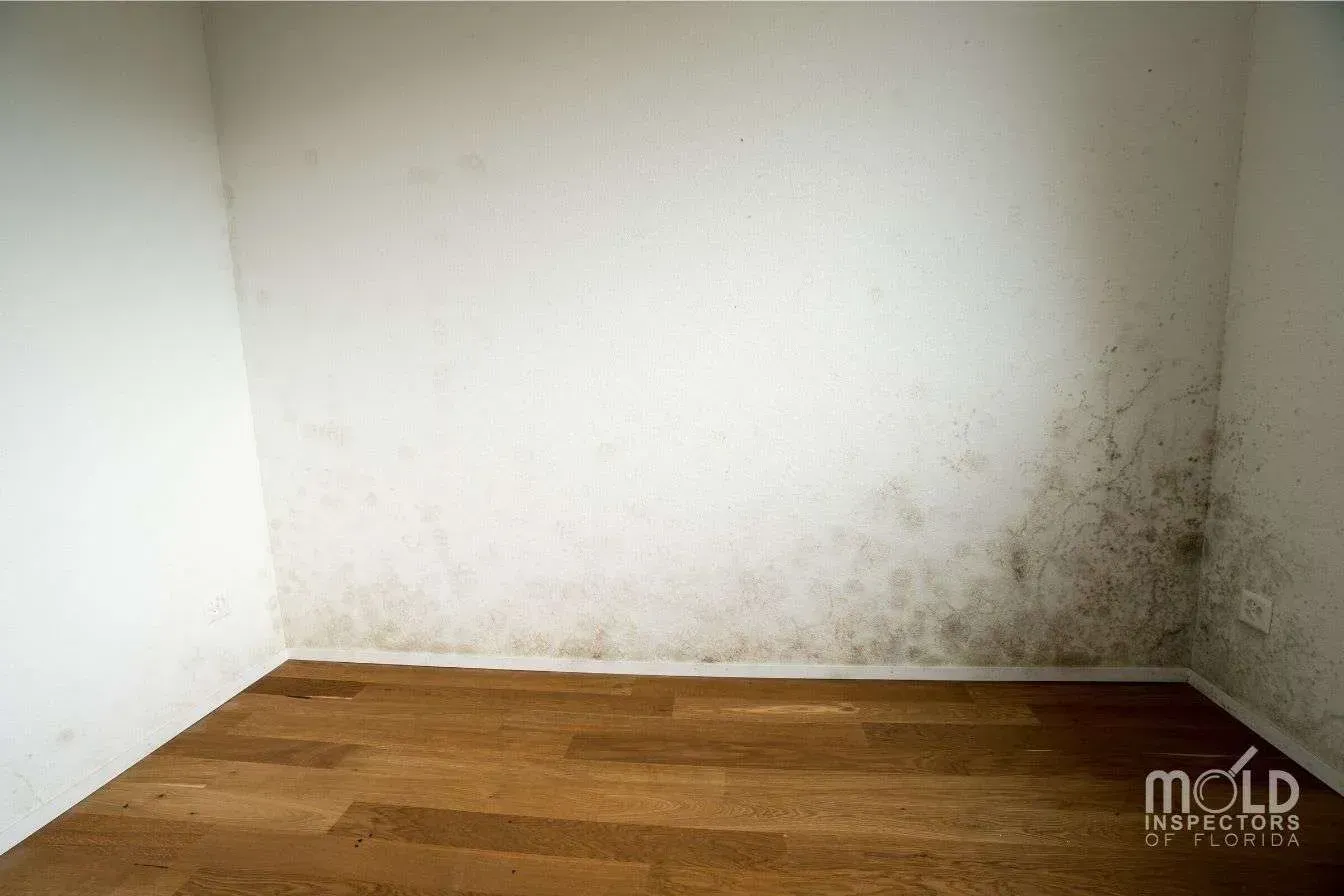
A mold inspection is a useful tool for a home or business owner. Ensuring the air you breathe is free from hazardous mold spores will give you peace of mind. Many people wonder when they need a mold inspection and when obtaining one is questionable. A common example of when obtaining a mold inspection is debatable is when mold is visible. When you can see the mold, some believe you no longer need a mold inspection; you need mold remediation. While this sounds accurate, there are more details to consider. Several other scenarios call for a complete mold inspection, including visible mold.

Buying a home is a significant investment. Whether you are purchasing a new or used home, the investment will become a large part of you and your family’s life. The memories you make in this home will be long-lasting. But what if the memories included unwanted fungi infestations, bulging ceilings, or respiratory illnesses? Mold can become a memory-maker as well, and it is not the next guest you want in your home! While most people think that mold only affects older homes, the truth is mold can be a problem in newly constructed homes as well. The majority of home-buyers believe their initial home inspection will investigate for mold. When in fact, a savvy home inspector will refer you to a mold inspector specialist should he feel there are worrisome signs.
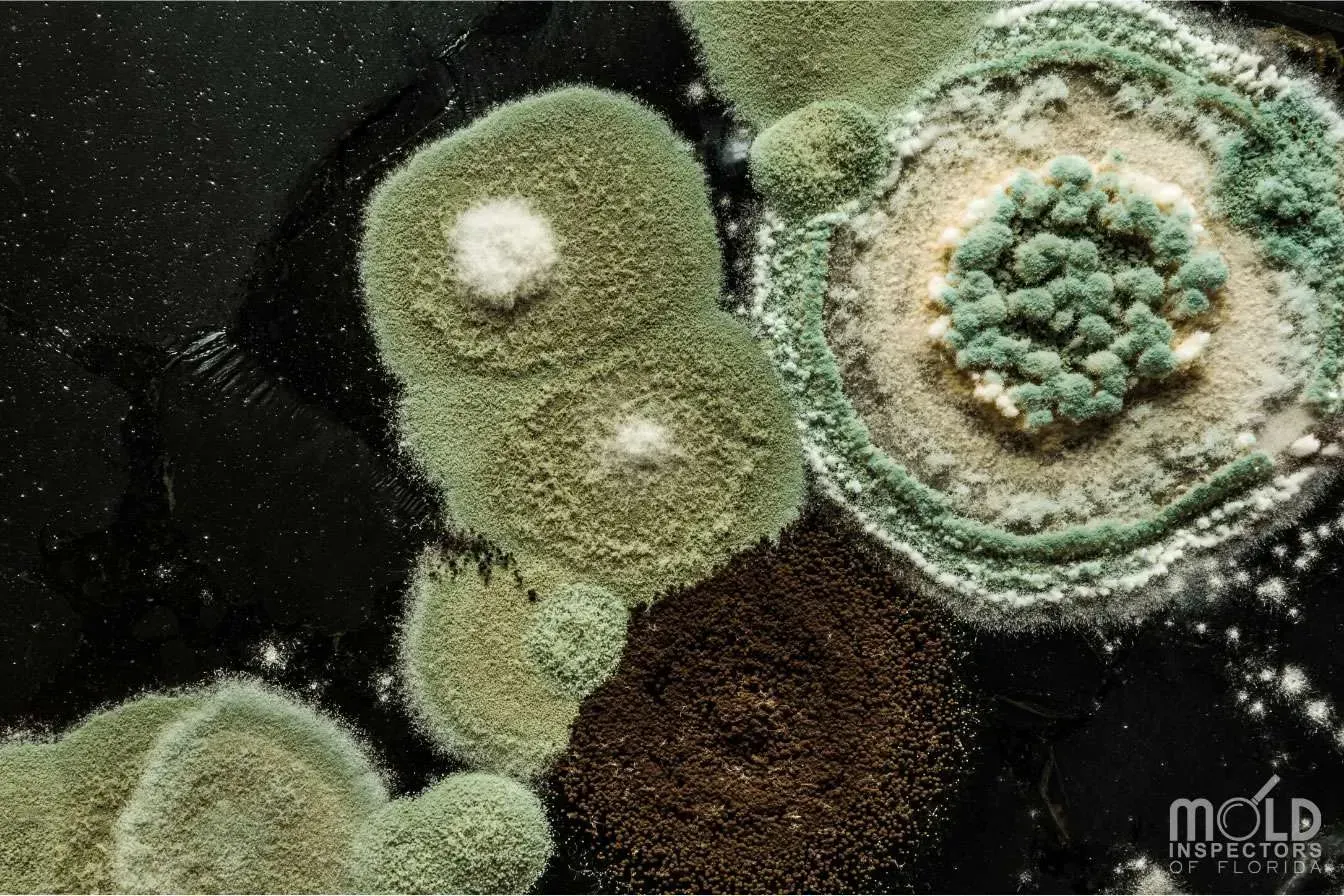
The word ‘mold’ is a layman term for fungi. While fungi come in hundreds of thousands of forms and species, the word ‘mold’ is a blanket term used to cover them all. While most uses of the word ‘mold’ or ‘fungi’ are unwanted invasions (i.e., mushrooms, athletes’ foot, toxic mold, water damage, etc.), there are plenty of benefits of having fungi around. Penicillin’s, blue cheese and yeasts to make wine and beer, all require fungi to create these treasured products. Mold requires moisture to grow. When moisture is present, and mold begins to spread from the spores, it is called active mold growth. When conditions are dry and not conducive for mold to grow, the spores are still present but dormant. Mold spores are the equivalent to roots in other environmental species, fungi, by definition, do not have roots. The spores in which mold grows and spreads can travel via air or attached to objects or clothing. For instance, outdoors molds may become invaded on indoor surfaces, such as drywalls, by way of clothing or pets that walked through a molded area outdoors and retreated inside the home. However, outdoor molds, such as mushrooms, do not naturally occur indoors, the spores that grow species of molds vary per the surface they inhabit. With knowledge, you can deduce that mold spores on bathroom tiles differ from those in your air filters. Both species, however, should be tested and treated professionally to assist in limiting mold exposure to people or buildings. The presence of mold in buildings can affect the health of those in the building, as well as the structural integrity of the house or building itself. With the ability to grow on a plethora of surfaces, mold can become an invasion in virtually any room in your home or office building. Typical bathroom mold can be easily noticeable on tile and grout. However, mold that grows hidden in the air ducts, the subflooring, or inside the drywall tends to go unnoticed until other building issues or health issues arise. Mold is all around us. It is when active mold growth invades our daily lives and affects our health that we begin to take notice and become concerned. Building and housing mold are attributed to a plethora of health issues from asthma and allergy flare-ups, to neurological conditions originating from exposure to mycotoxins (toxic compounds released by molds). Due to these health risks and more, if you are concerned about active mold growth in having a professional mold inspector investigate is always the savvy choice. Depending on the severity, there could be potential health risks to tenants, employees or the inspector himself.
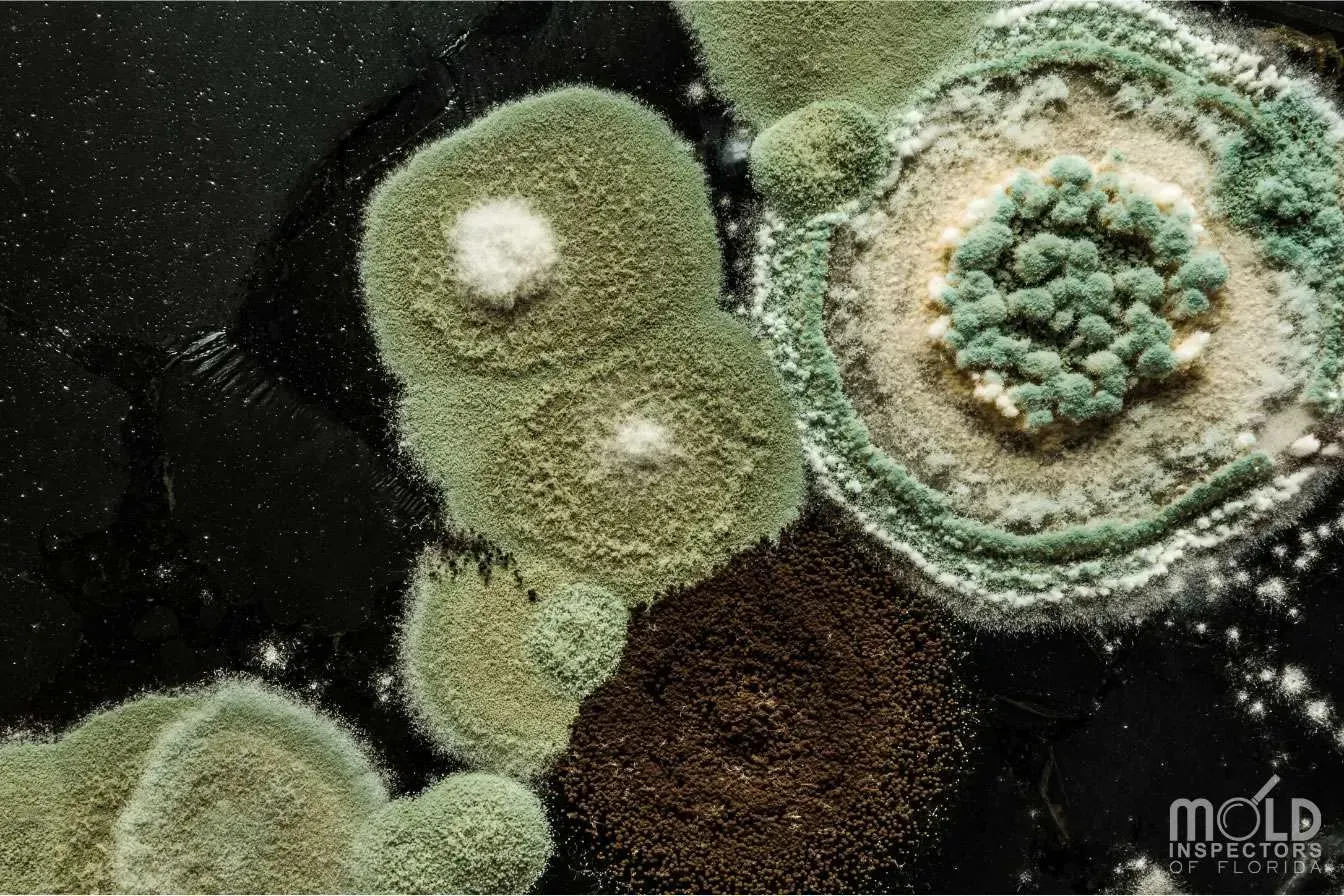
Do you truly know what mold is and do you know if it is affecting you? Let’s take a look at mold’s definition. We’ll discuss how this could possibly be affecting you and your health. The word ‘mold’ is a layman term for fungi. While fungi come in hundreds of thousands of forms and species, the word ‘mold’ is a blanket term used to cover them all. While most uses of the word ‘mold’ or ‘fungi’ are unwanted invasions (i.e., mushrooms, athletes’ foot, toxic mold, water damage, etc.), there are plenty of benefits of having fungi around. Penicillin’s, blue cheese and yeasts to make wine and beer, all require fungi to create these treasured products. Mold requires moisture to grow. When moisture is present, and mold begins to spread from the spores, it is called active mold growth. When conditions are dry and not conducive for mold to grow, the spores are still present but dormant. Mold spores are the equivalent to roots in other environmental species, fungi, by definition, do not have roots. The spores in which mold grows and spreads can travel via air or attached to objects or clothing. For instance, outdoors molds may become invaded on indoor surfaces, such as drywalls, by way of clothing or pets that walked through a molded area outdoors and retreated inside the home. However, outdoor molds, such as mushrooms, do not naturally occur indoors, the spores that grow species of molds vary per the surface they inhabit. With knowledge, you can deduce that mold spores on bathroom tiles differ from those in your air filters. Both species, however, should be tested and treated professionally to assist in limiting mold exposure to people or buildings. The presence of mold in buildings can affect the health of those in the building, as well as the structural integrity of the house or building itself. With the ability to grow on a plethora of surfaces, mold can become an invasion in virtually any room in your home or office building. Typical bathroom mold can be easily noticeable on tile and grout. However, mold that grows hidden in the air ducts, the subflooring, or inside the drywall tends to go unnoticed until other building issues or health issues arise. Mold is all around us. It is when active mold growth invades our daily lives and affects our health that we begin to take notice and become concerned. Building and housing mold are attributed to a plethora of health issues from asthma and allergy flare-ups, to neurological conditions originating from exposure to mycotoxins (toxic compounds released by molds). Due to these health risks and more, if you are concerned about active mold growth in having a professional mold inspector investigate is always the savvy choice. Depending on the severity, there could be potential health risks to tenants, employees or the inspector himself.
